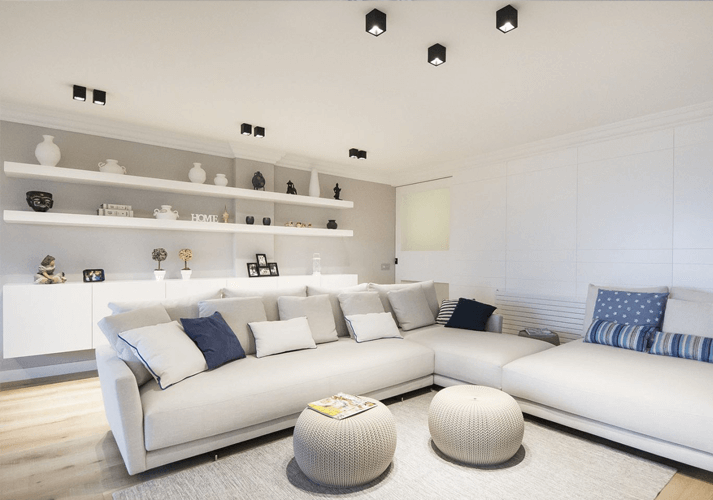
Lighting project House Luxury villa in Sitges
06
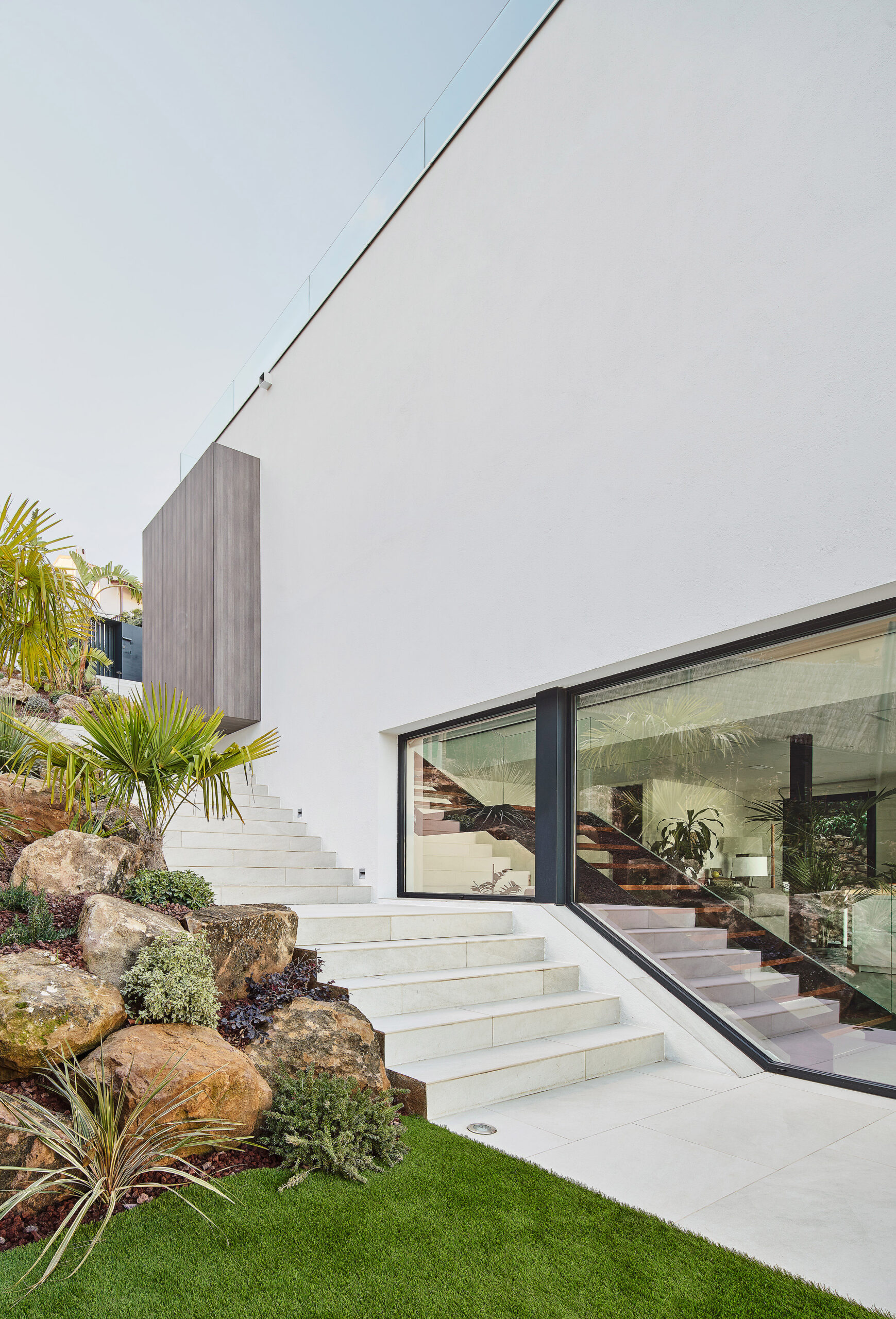
07
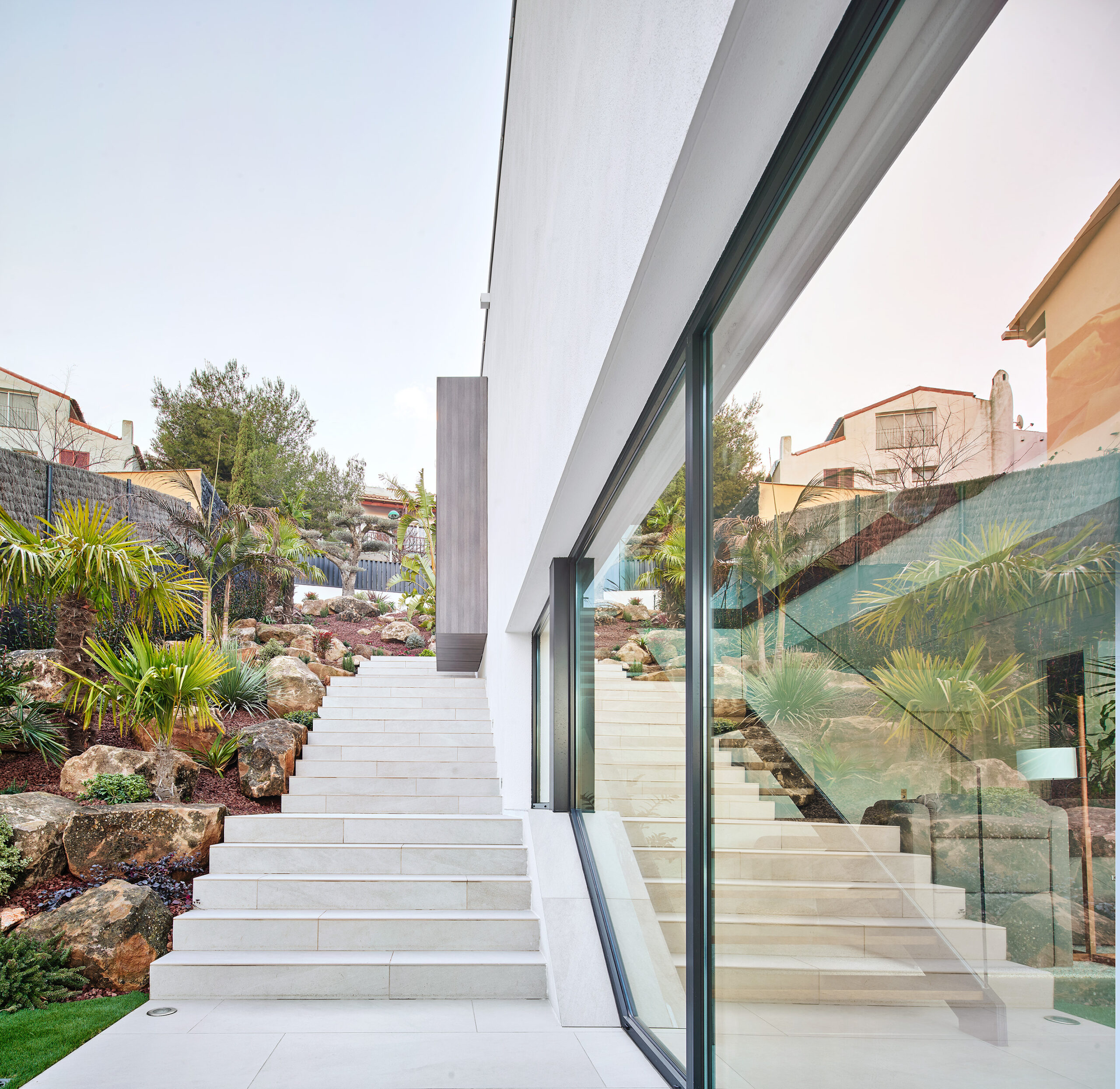
08
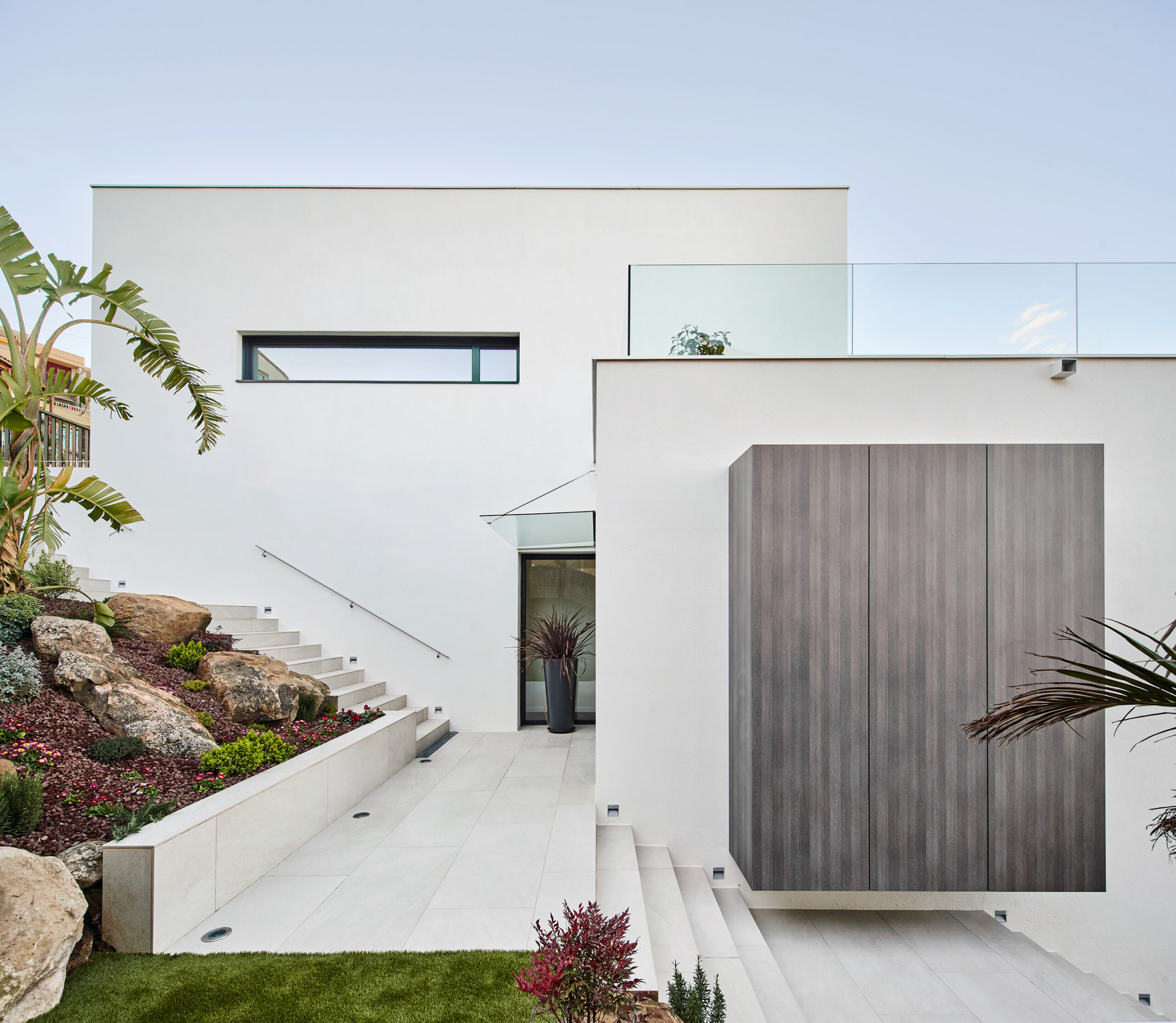
11
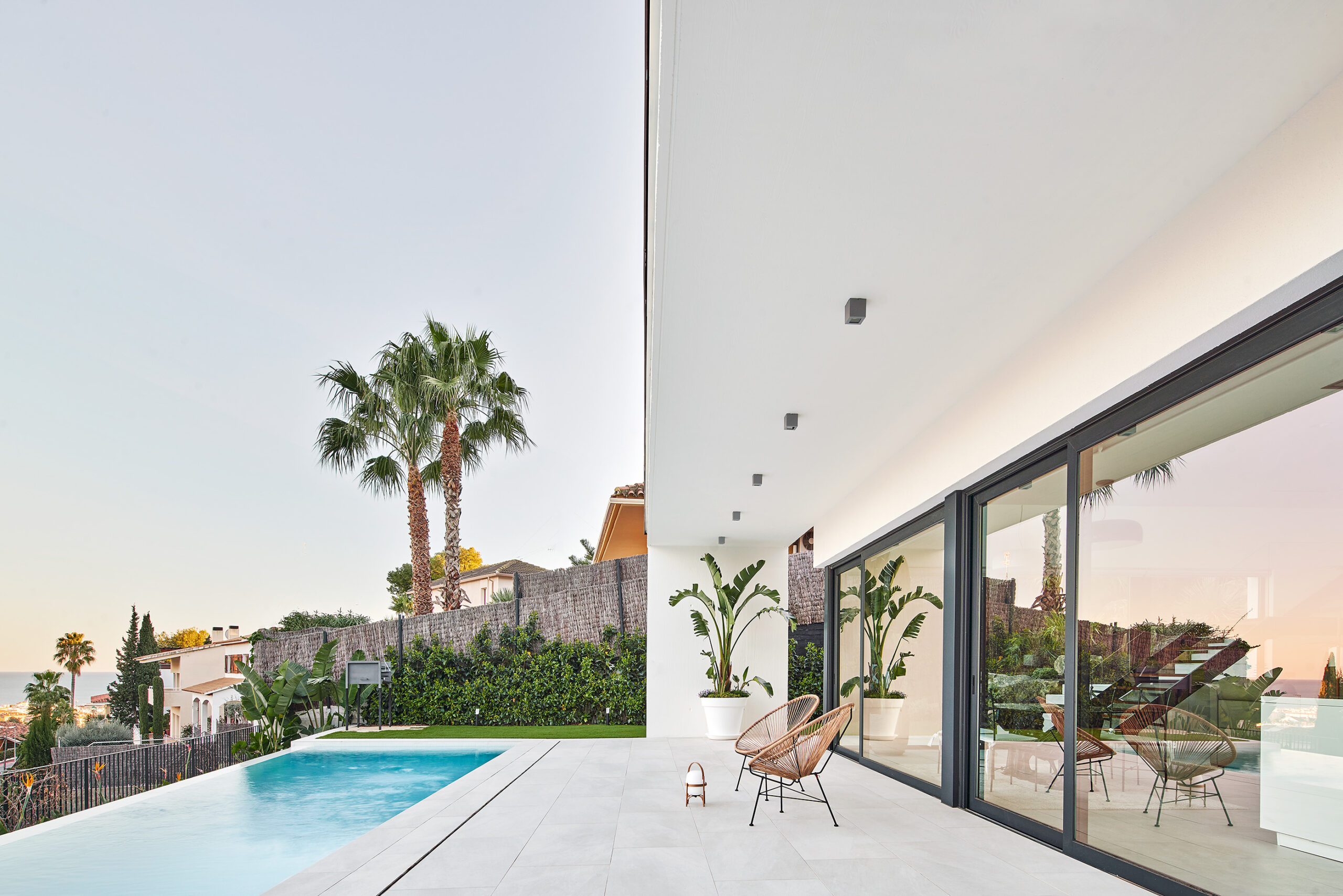
12
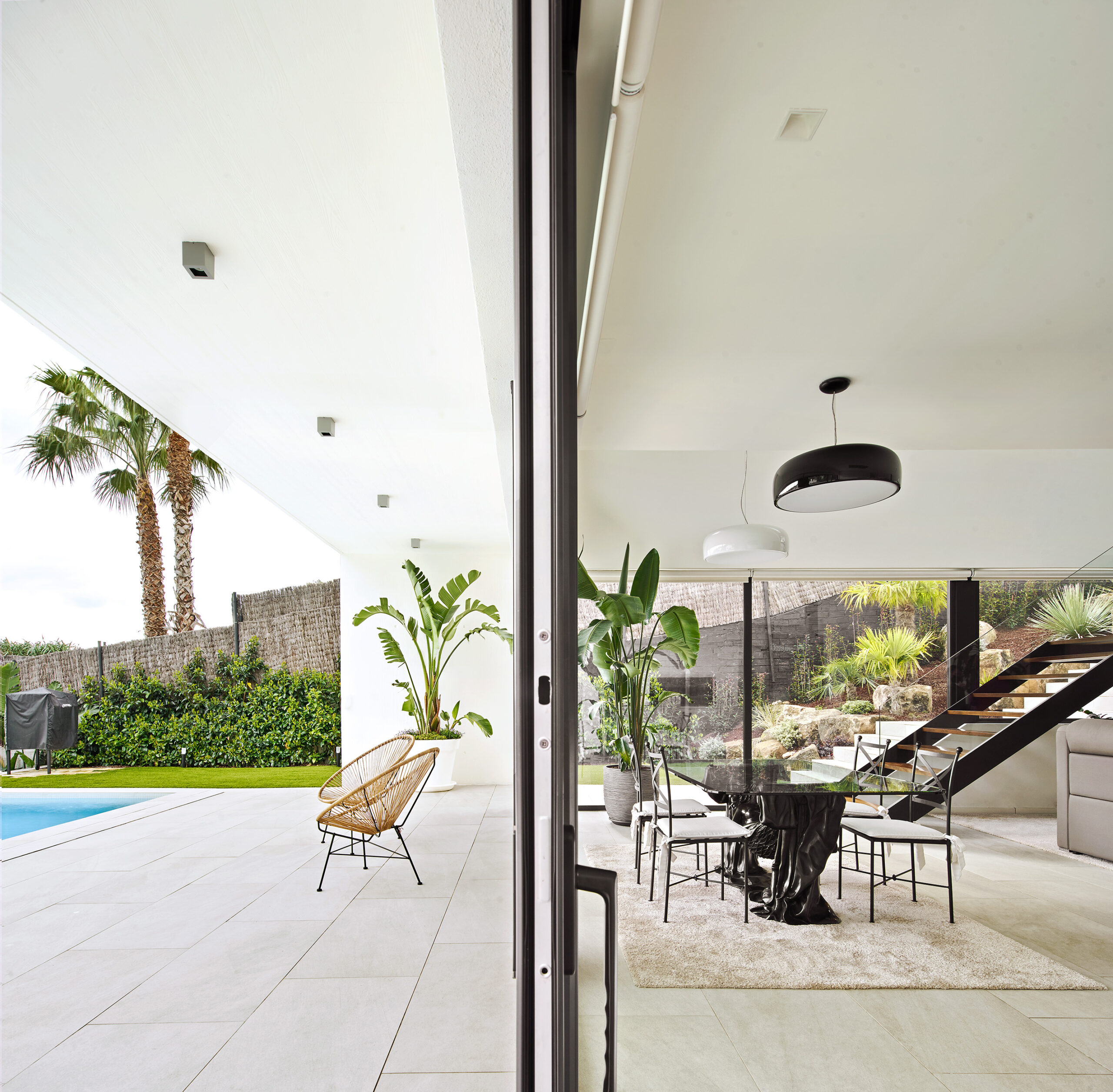
13

14
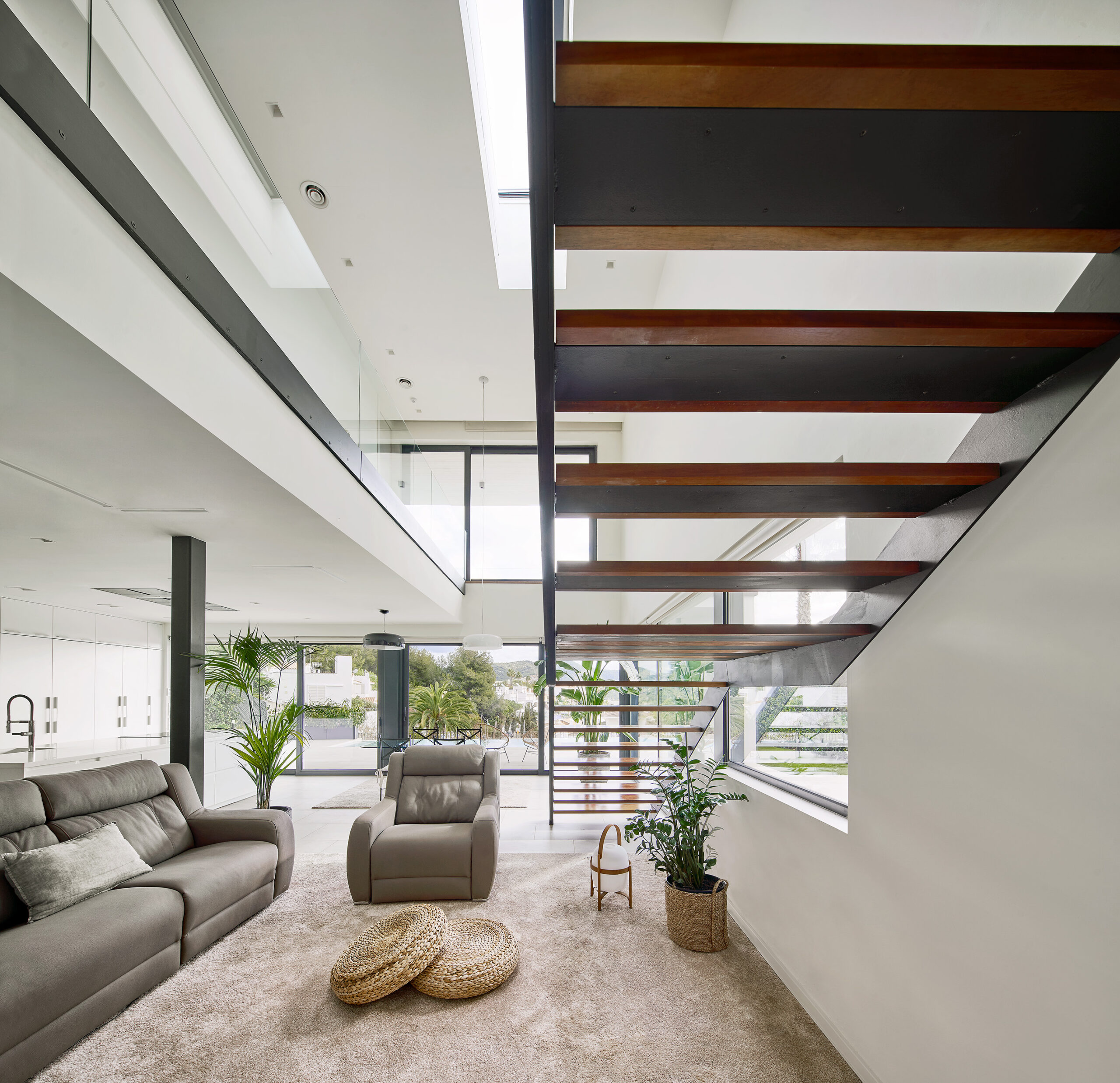
16
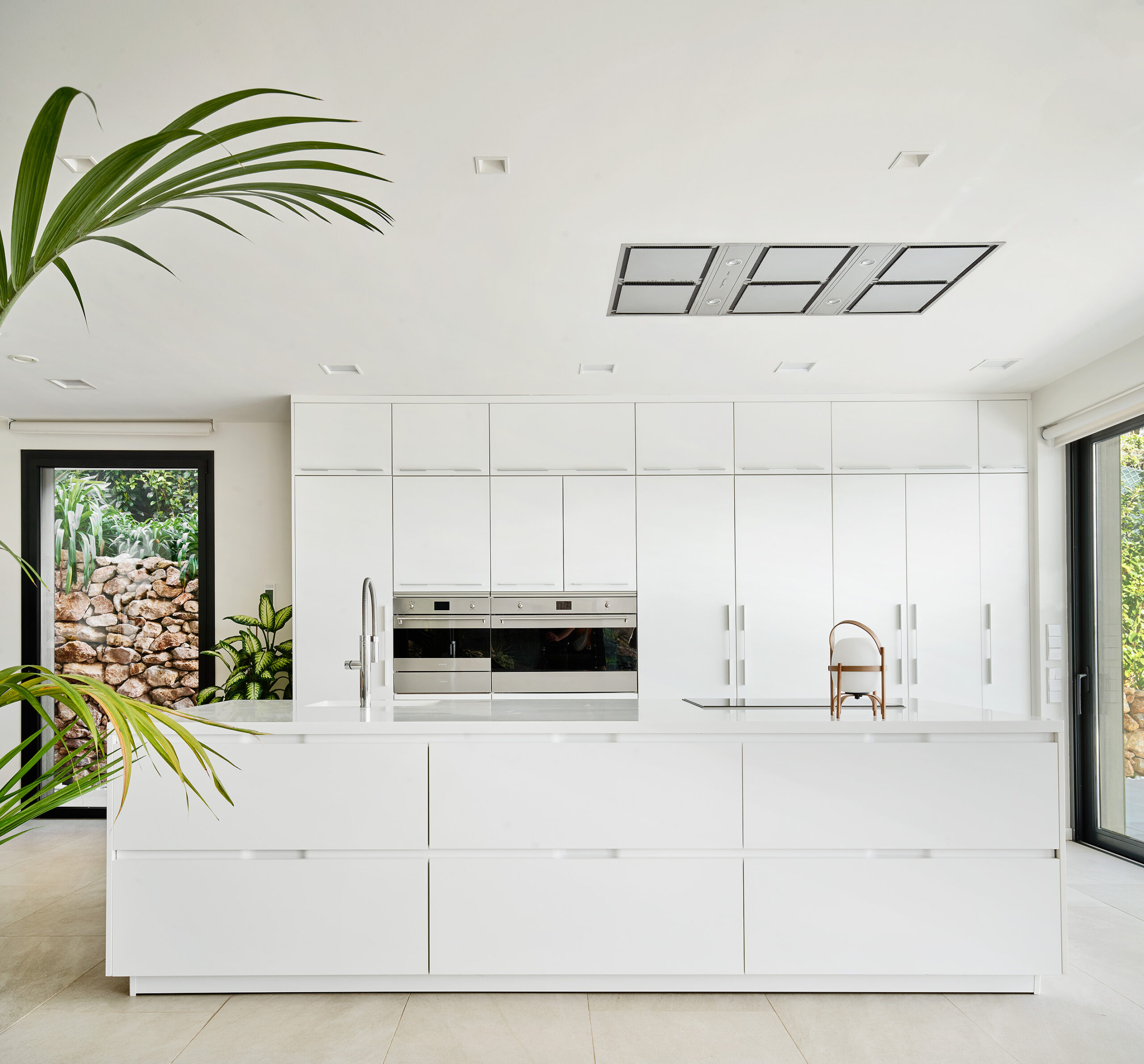
18

19
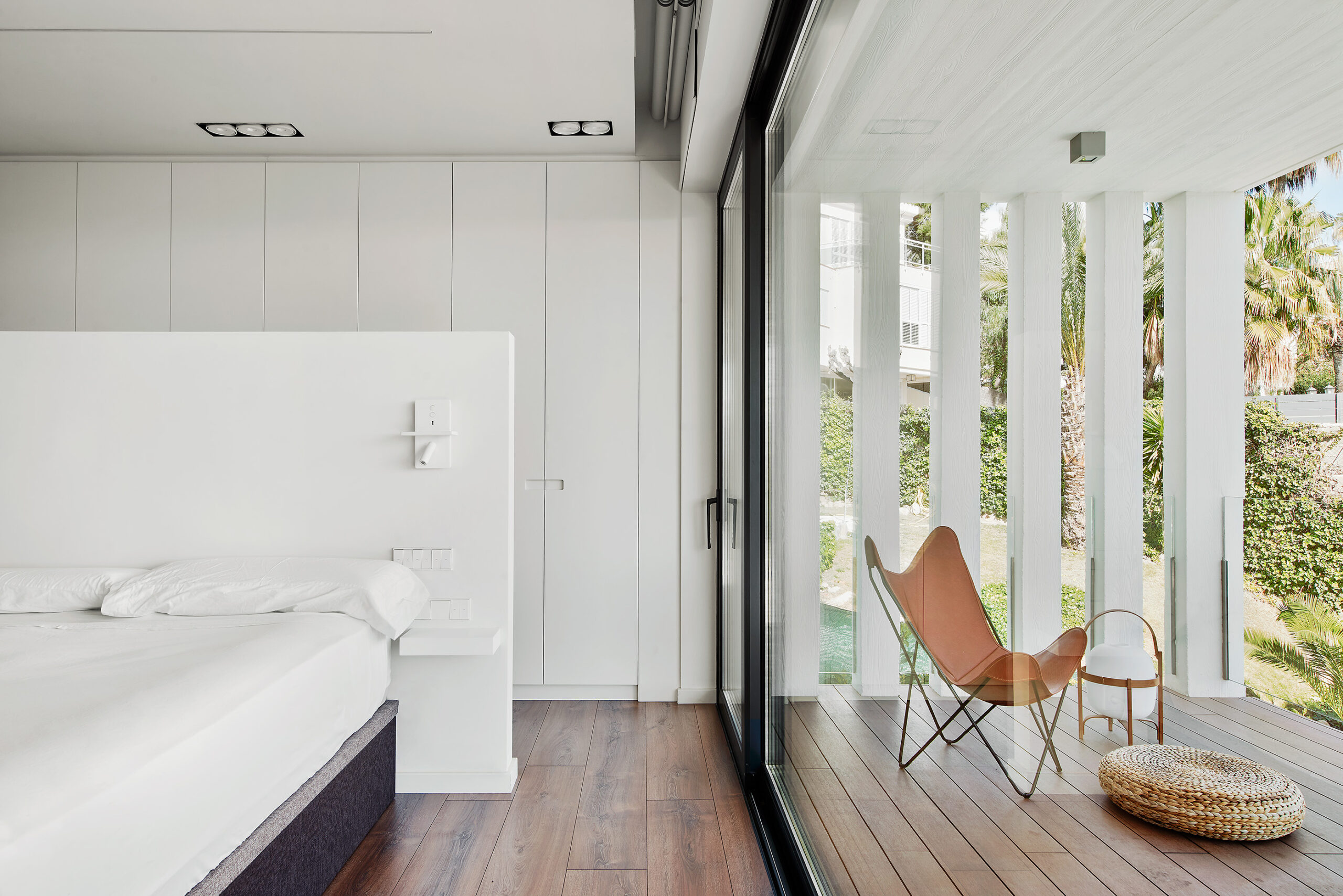
23
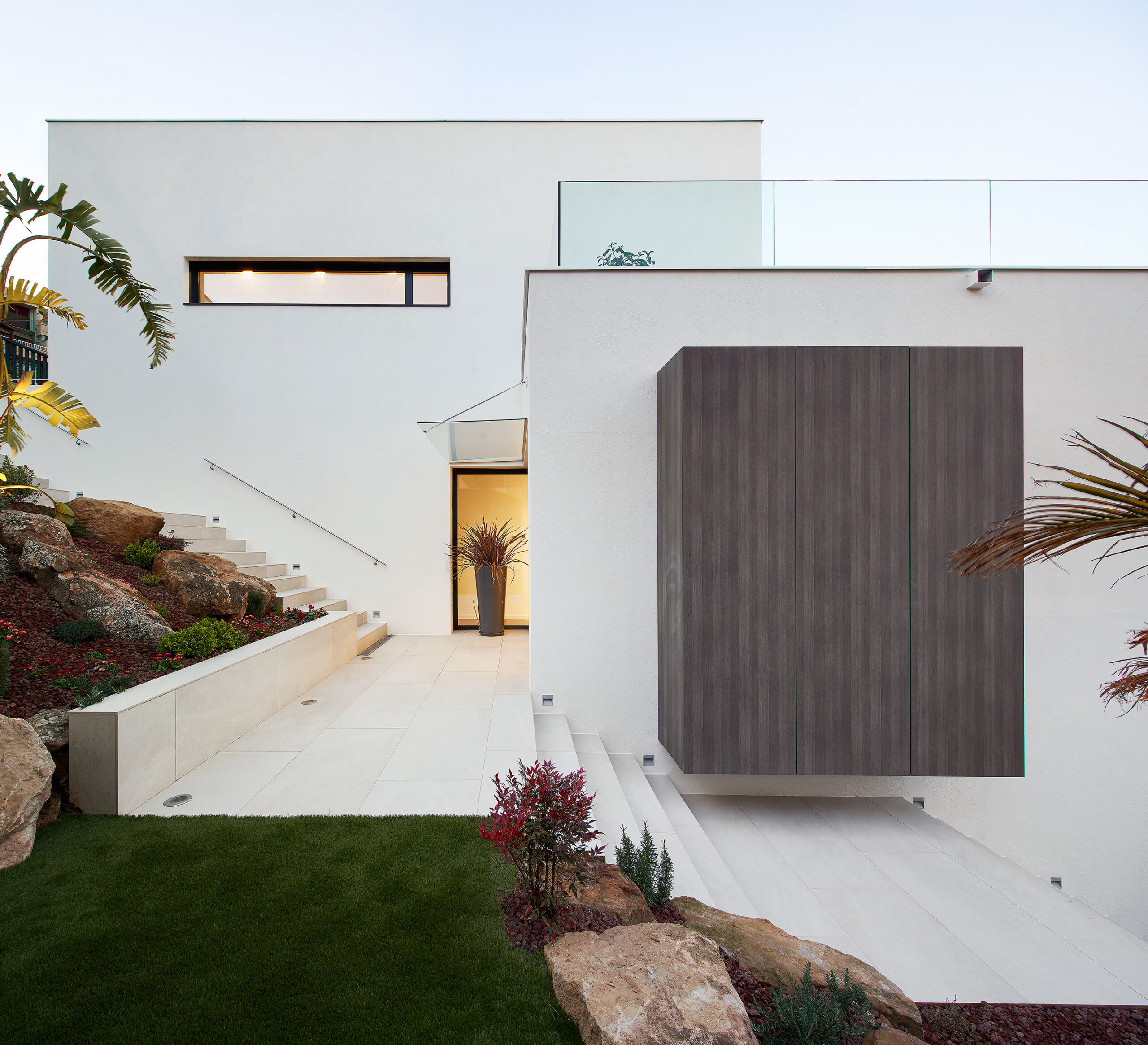
25
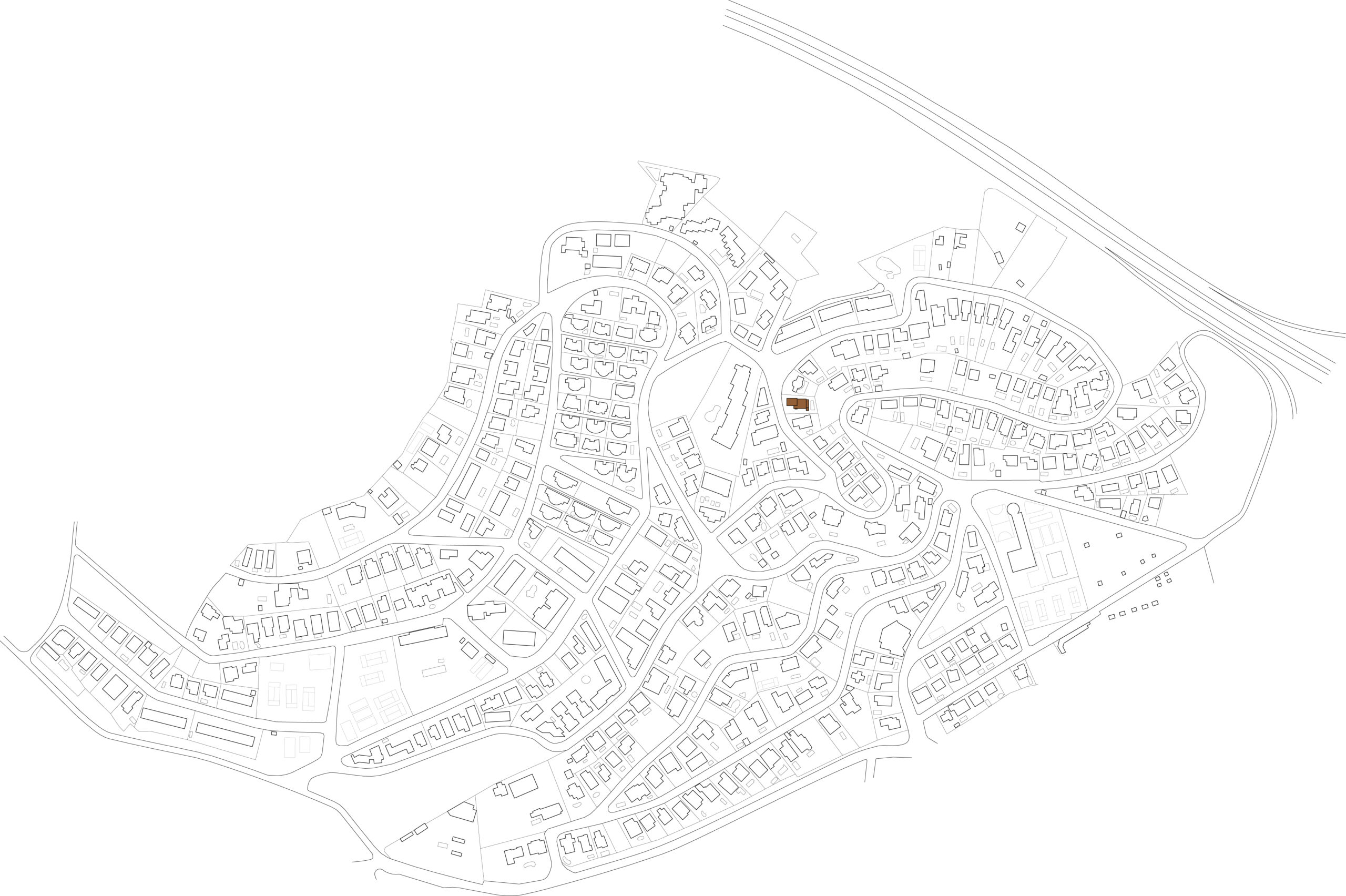
26
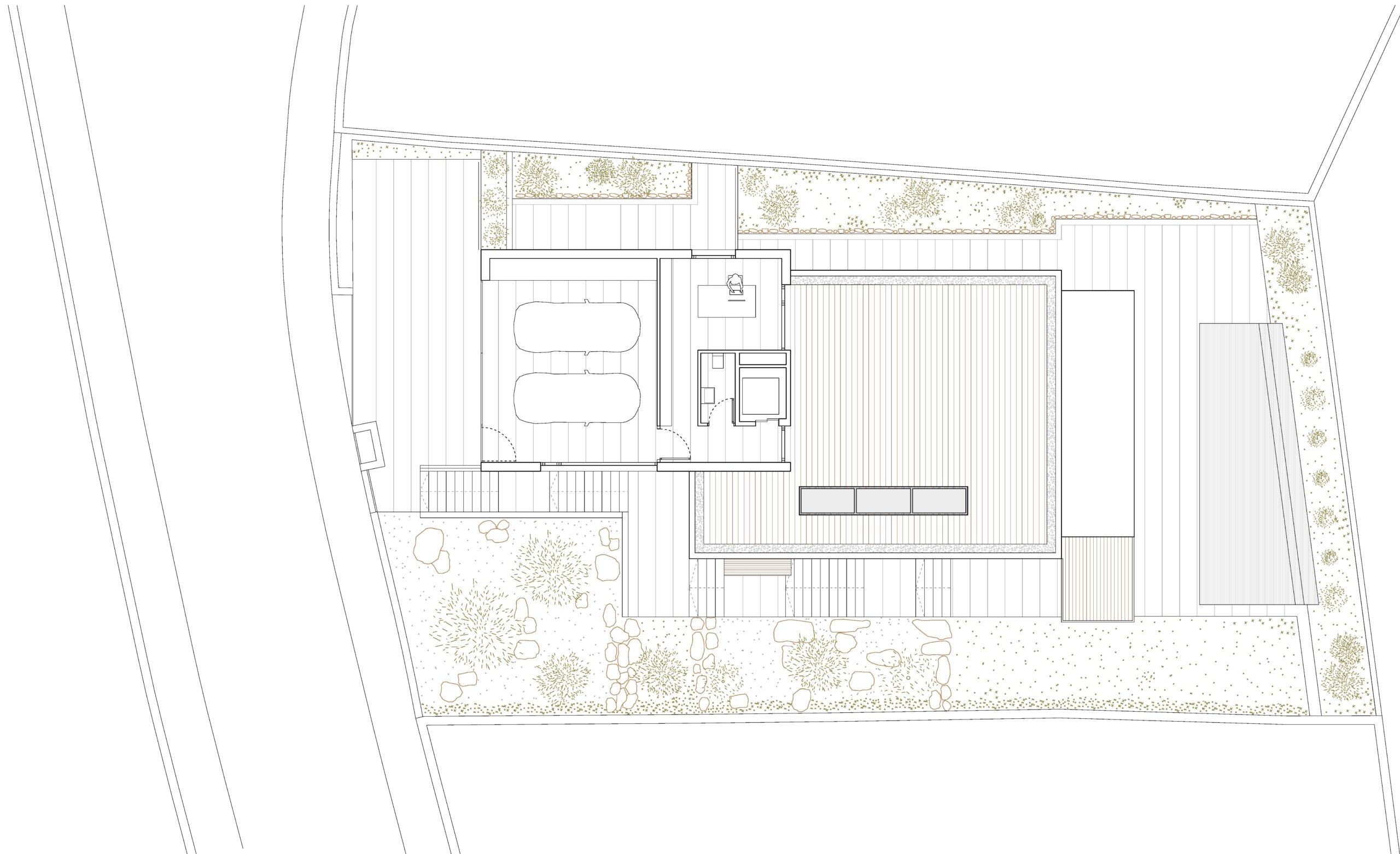
27

28
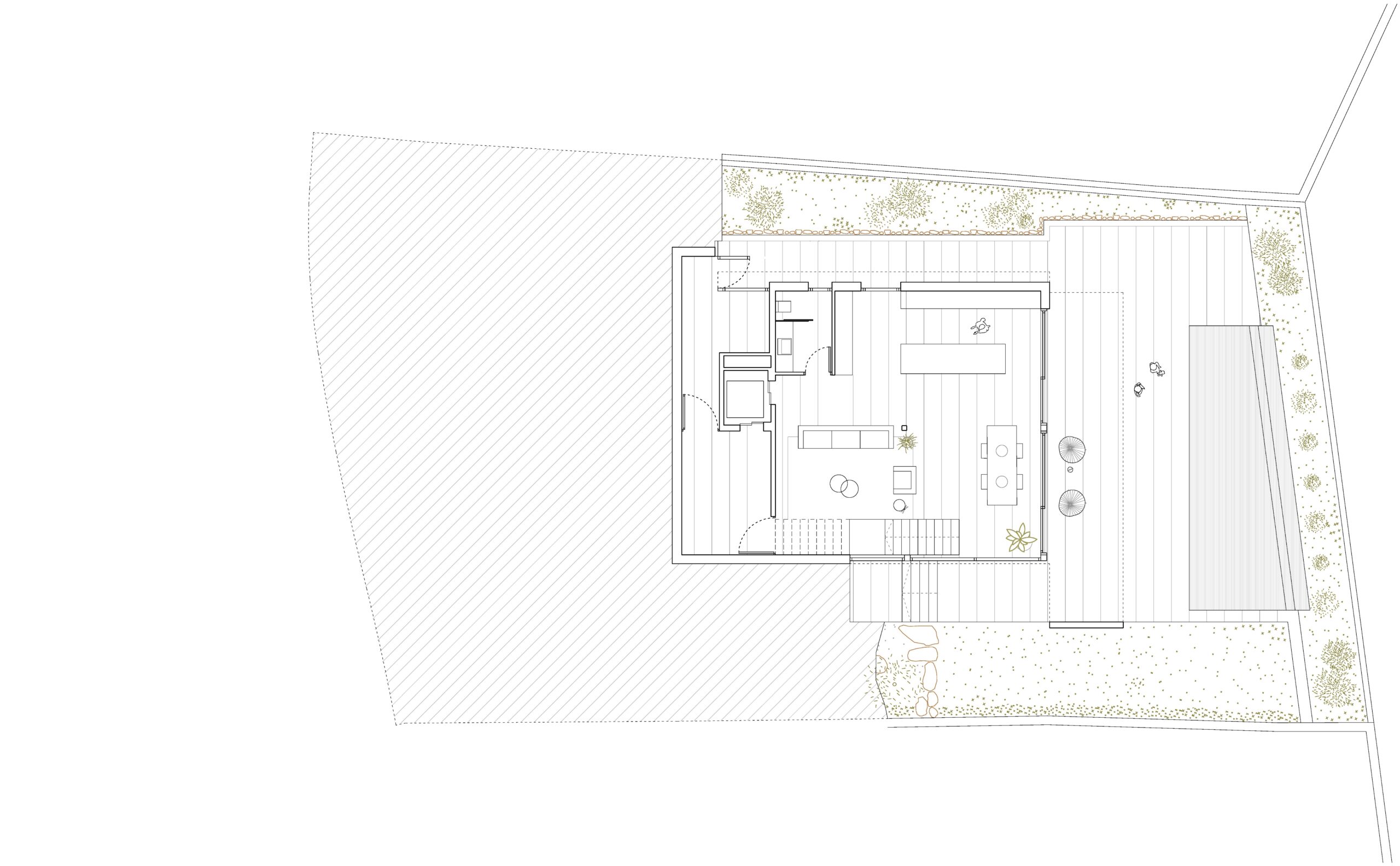
01
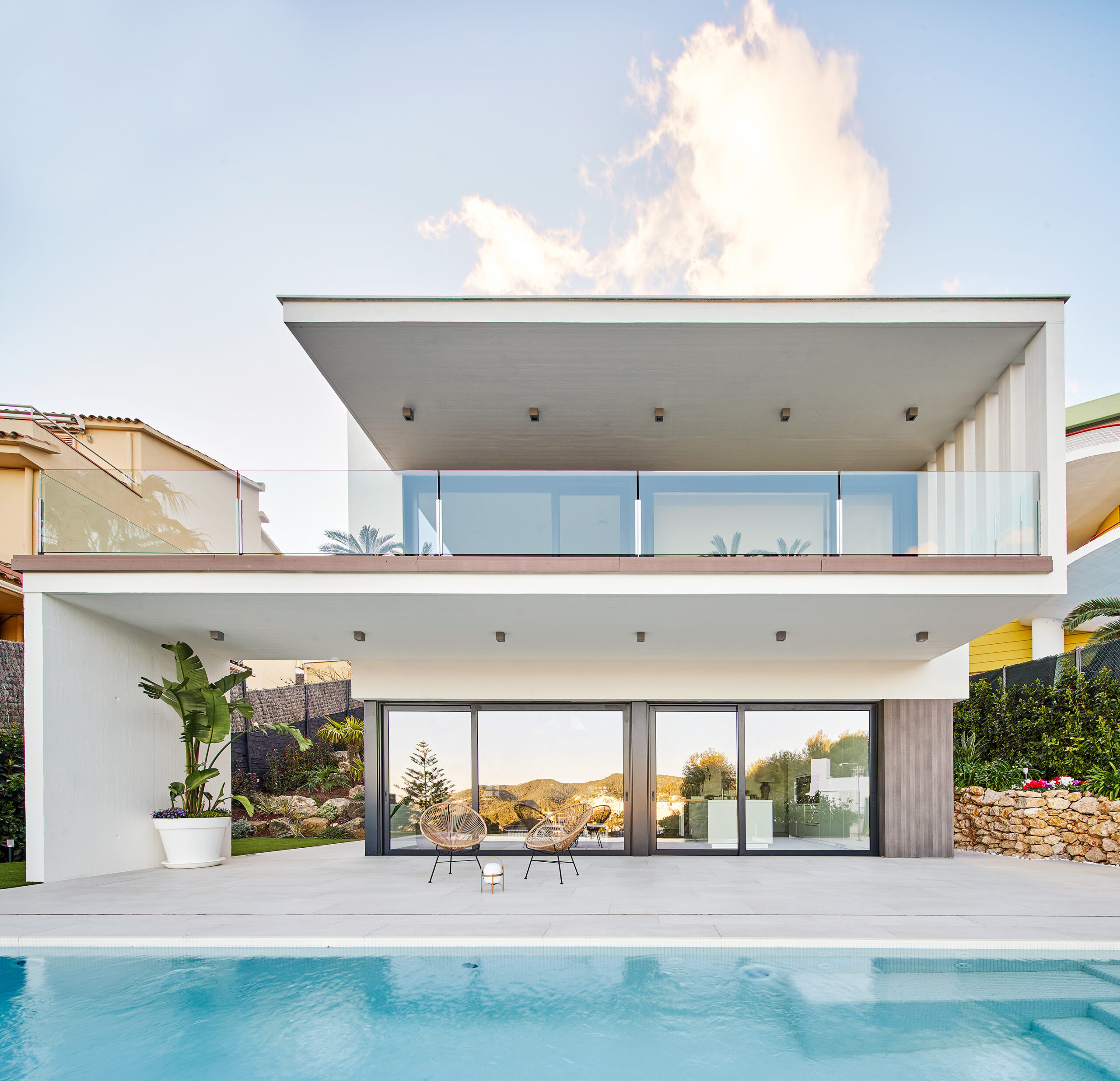
03
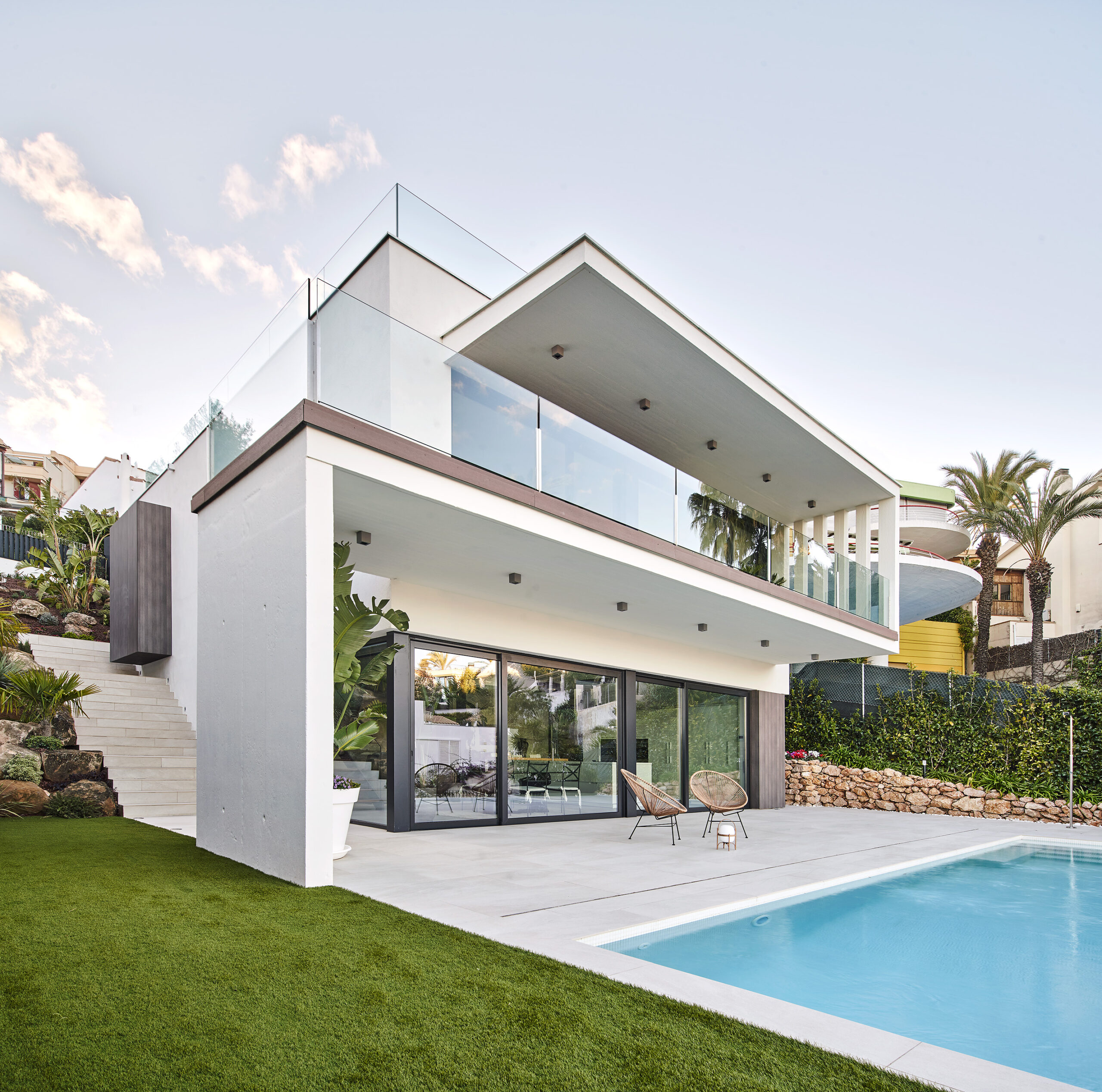
05
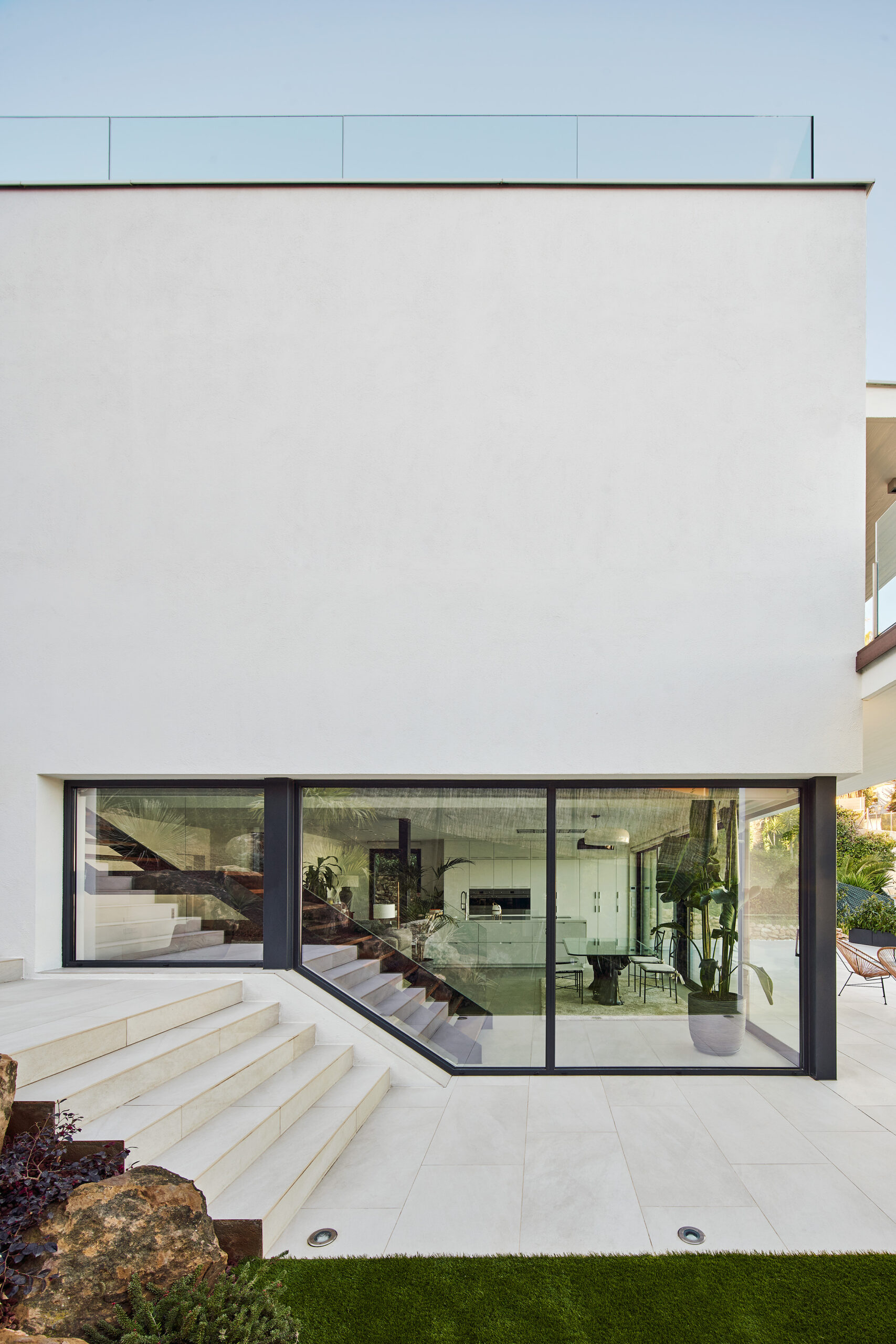
proyecto-decoracion-casa-chalet-iluminacion-iluxiform1
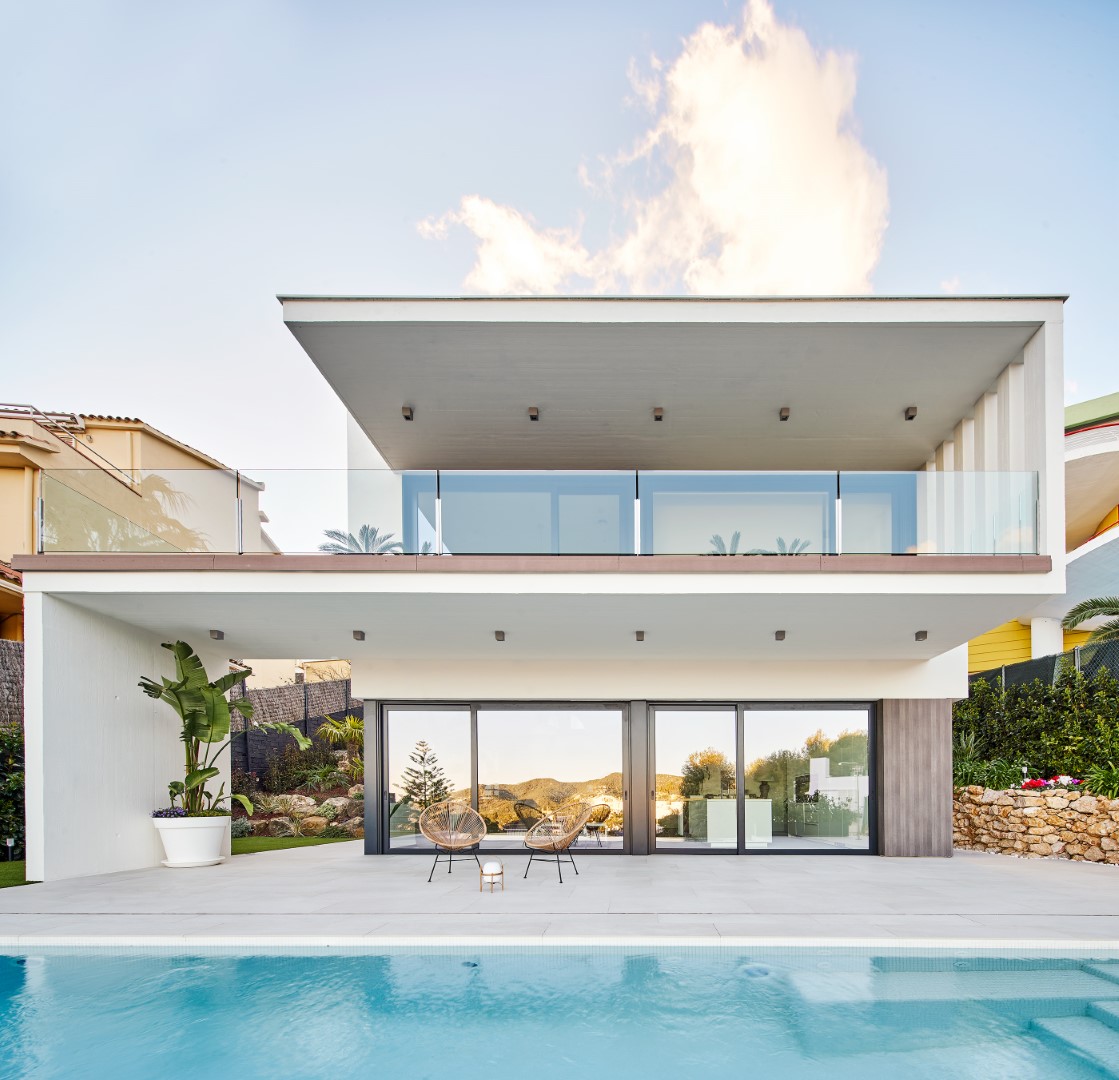
proyecto-decoracion-casa-chalet-iluminacion-iluxiform10

proyecto-decoracion-casa-chalet-iluminacion-iluxiform11
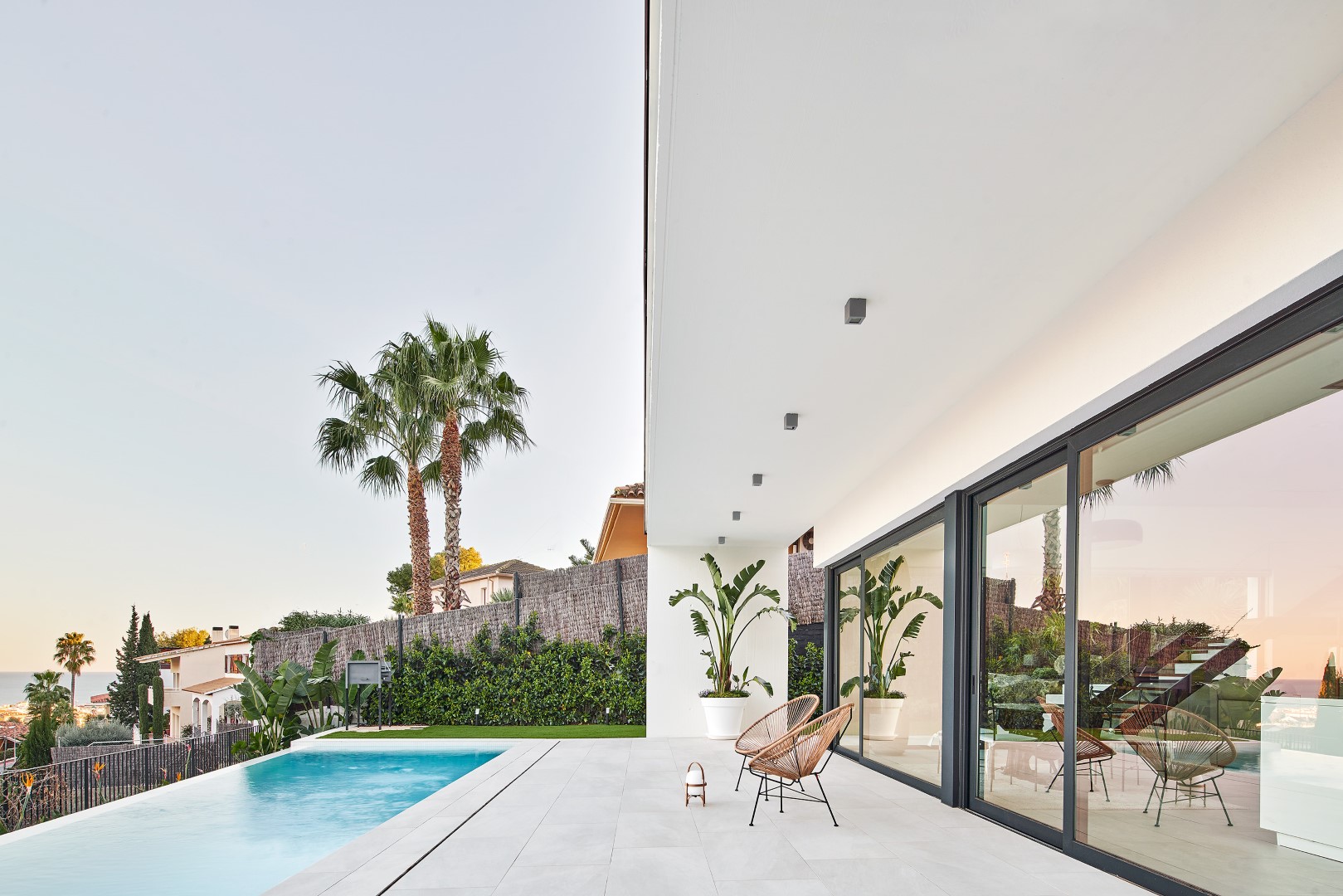
proyecto-decoracion-casa-chalet-iluminacion-iluxiform13
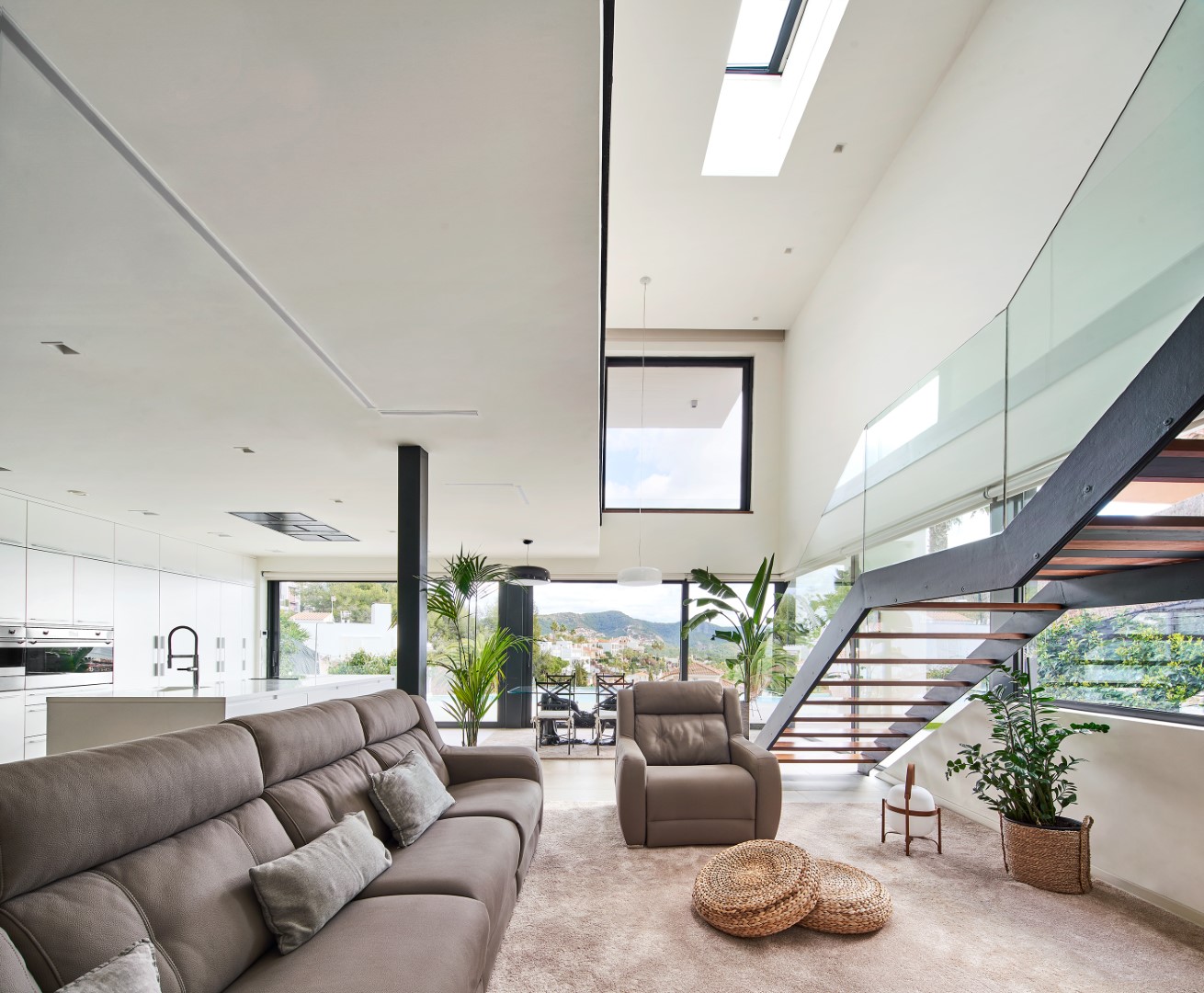
proyecto-decoracion-casa-chalet-iluminacion-iluxiform14
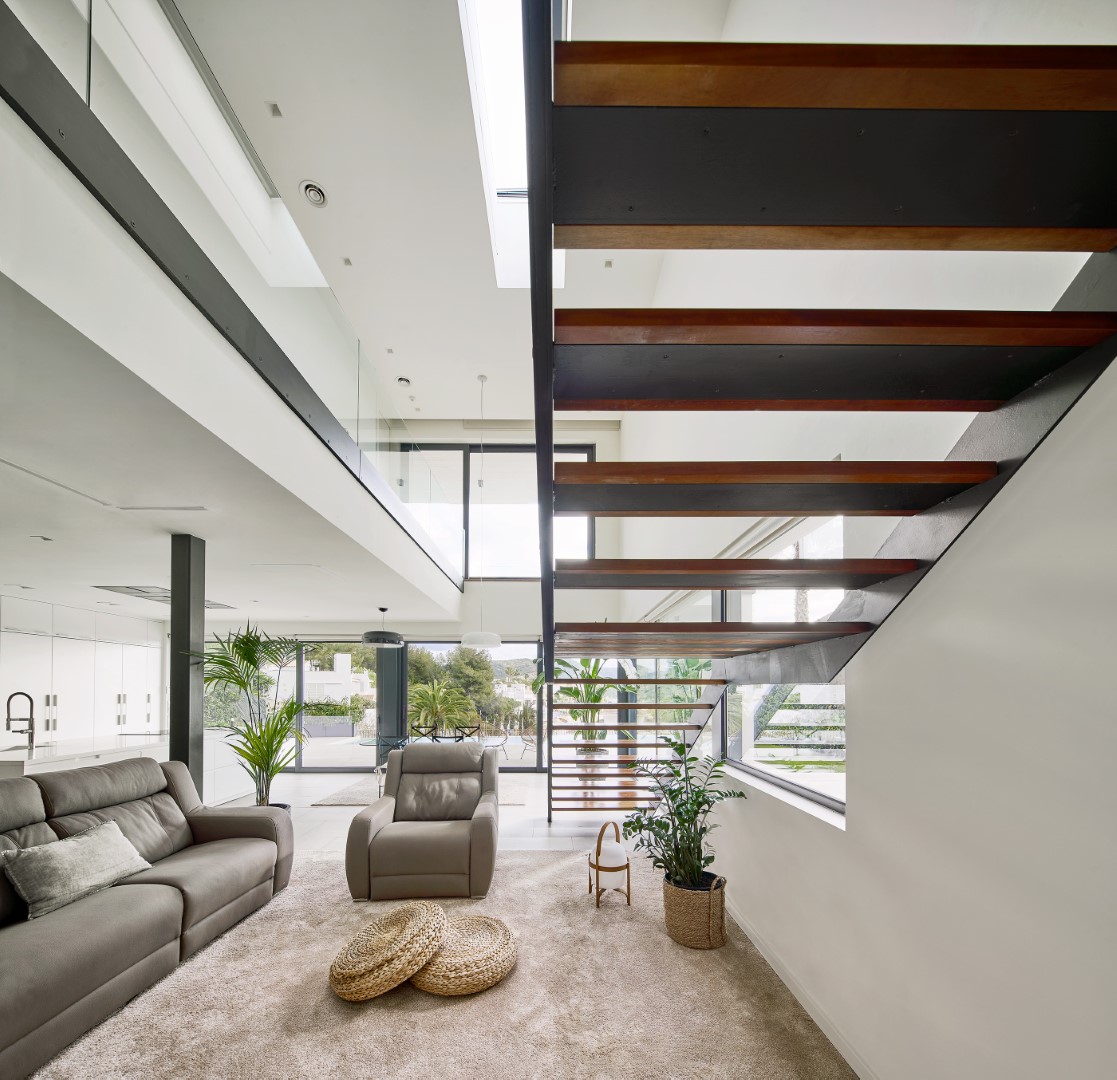
proyecto-decoracion-casa-chalet-iluminacion-iluxiform15
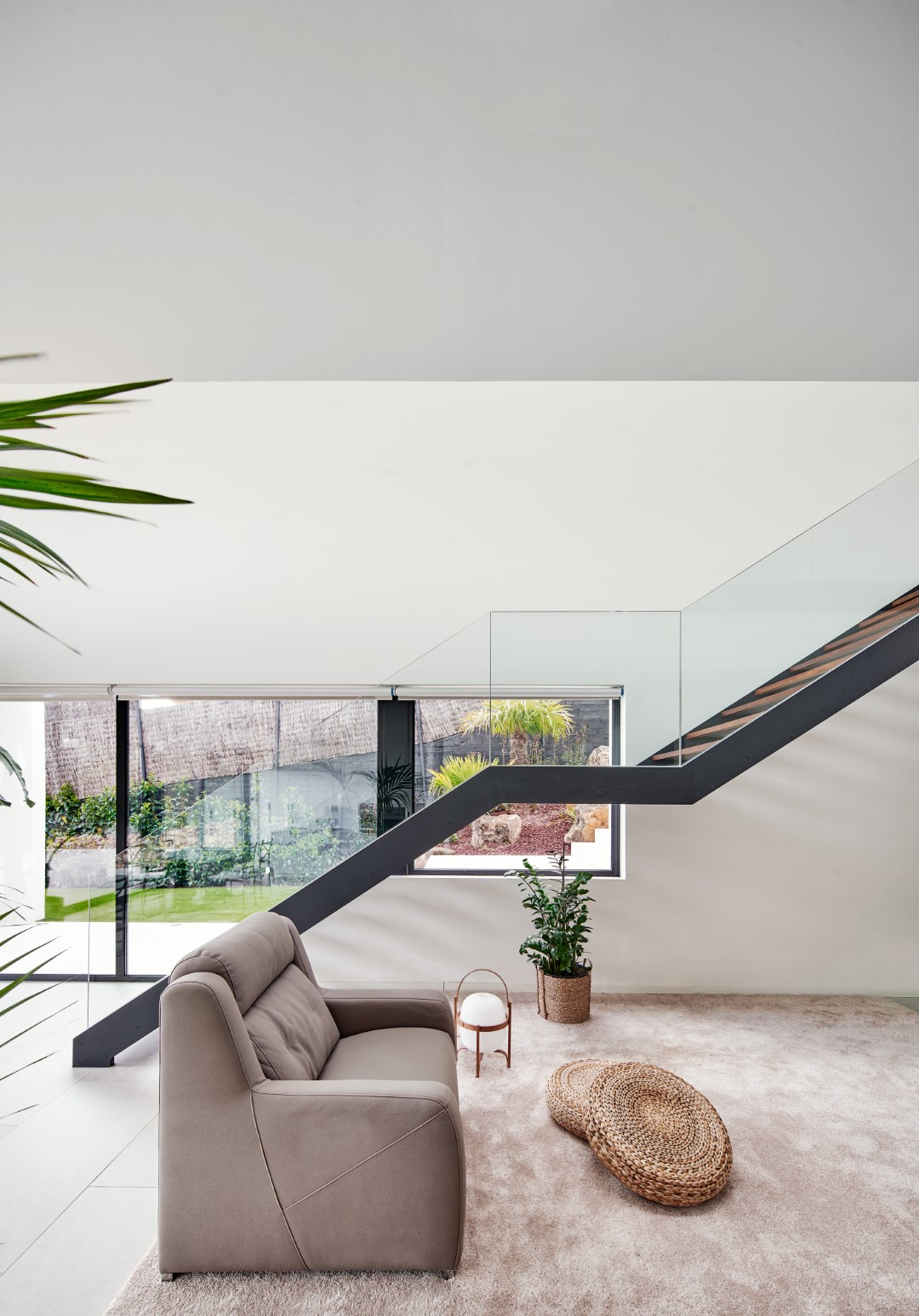
proyecto-decoracion-casa-chalet-iluminacion-iluxiform16

proyecto-decoracion-casa-chalet-iluminacion-iluxiform17

proyecto-decoracion-casa-chalet-iluminacion-iluxiform18

proyecto-decoracion-casa-chalet-iluminacion-iluxiform19
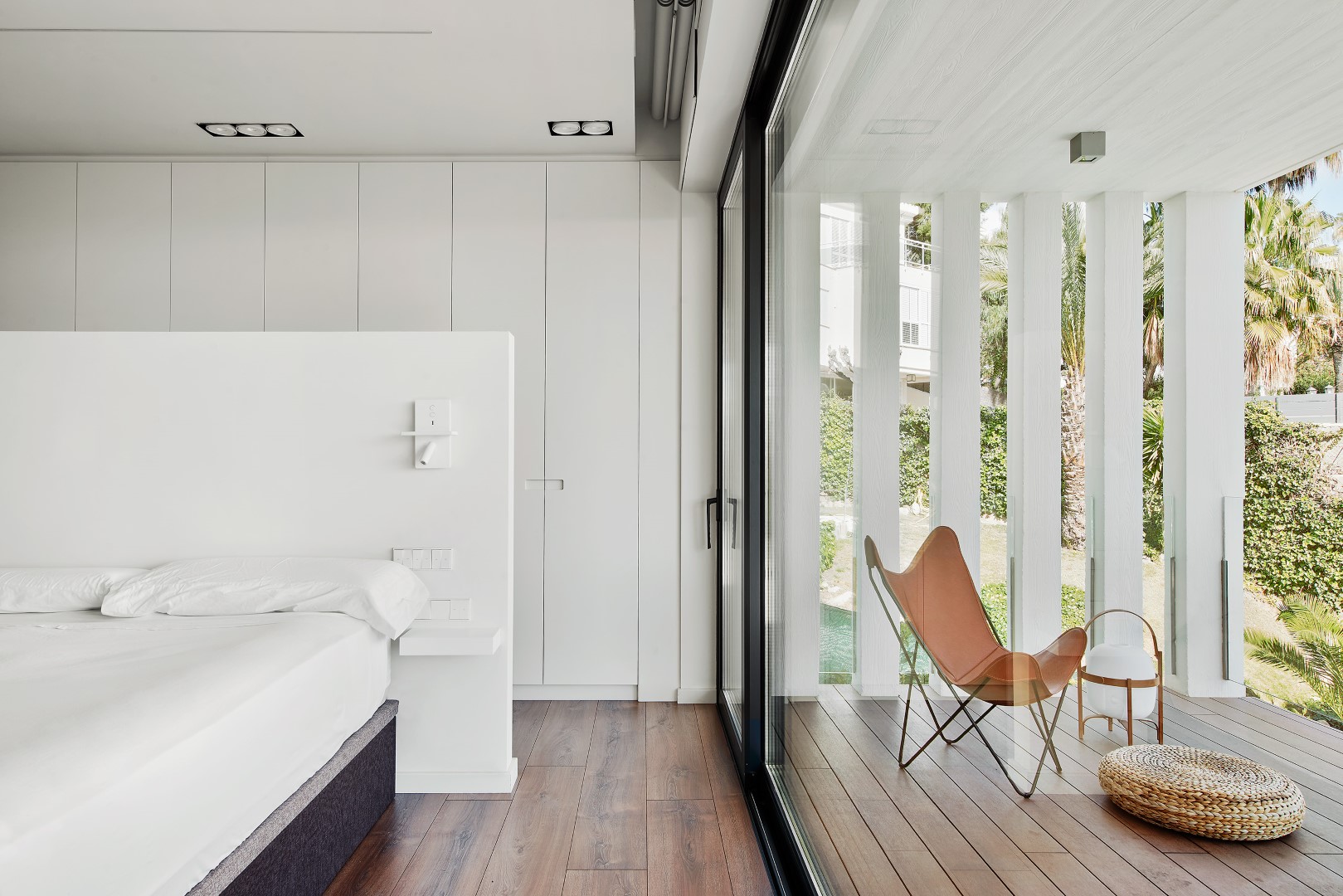
proyecto-decoracion-casa-chalet-iluminacion-iluxiform2
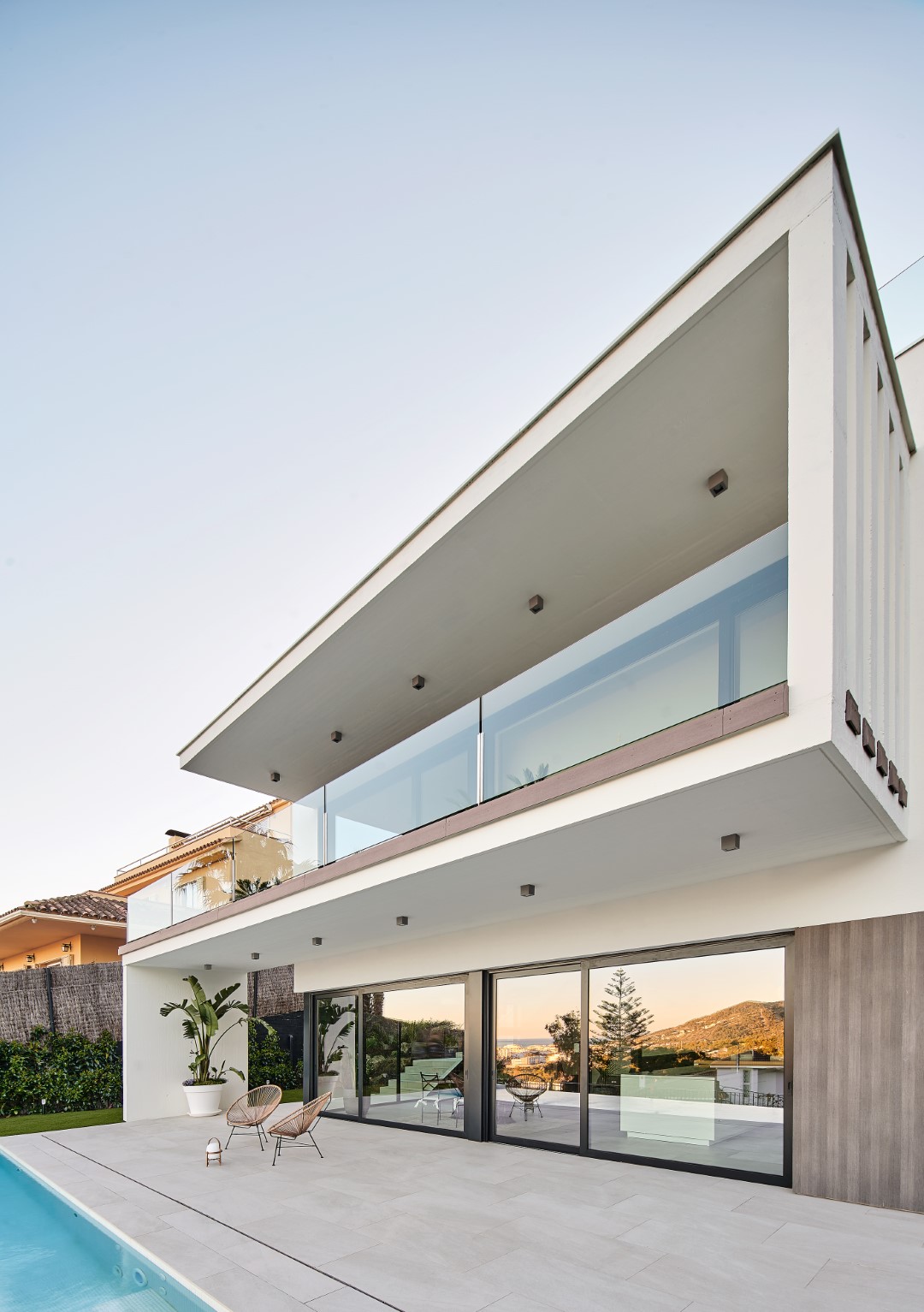
proyecto-decoracion-casa-chalet-iluminacion-iluxiform20
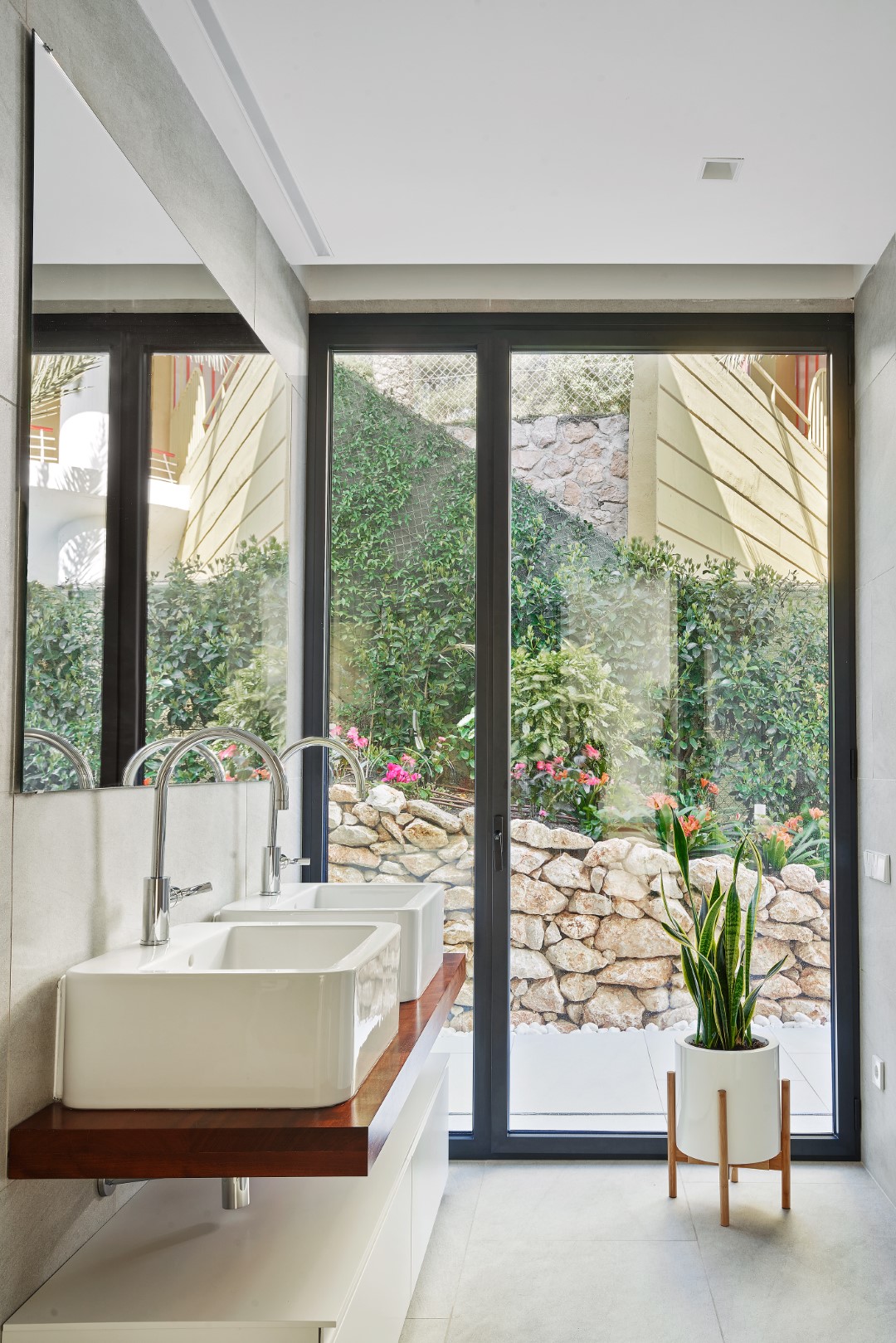
proyecto-decoracion-casa-chalet-iluminacion-iluxiform21
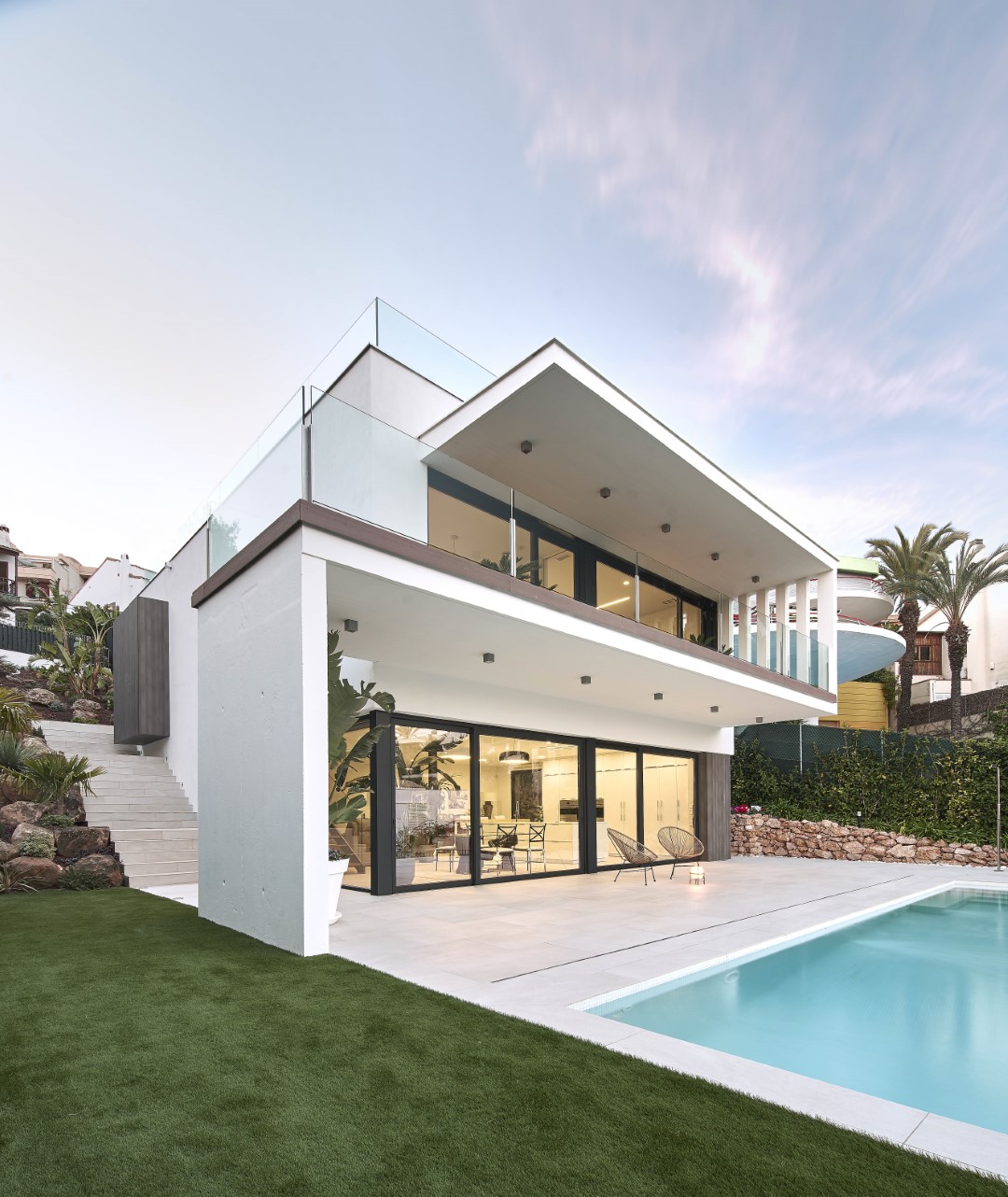
proyecto-decoracion-casa-chalet-iluminacion-iluxiform22
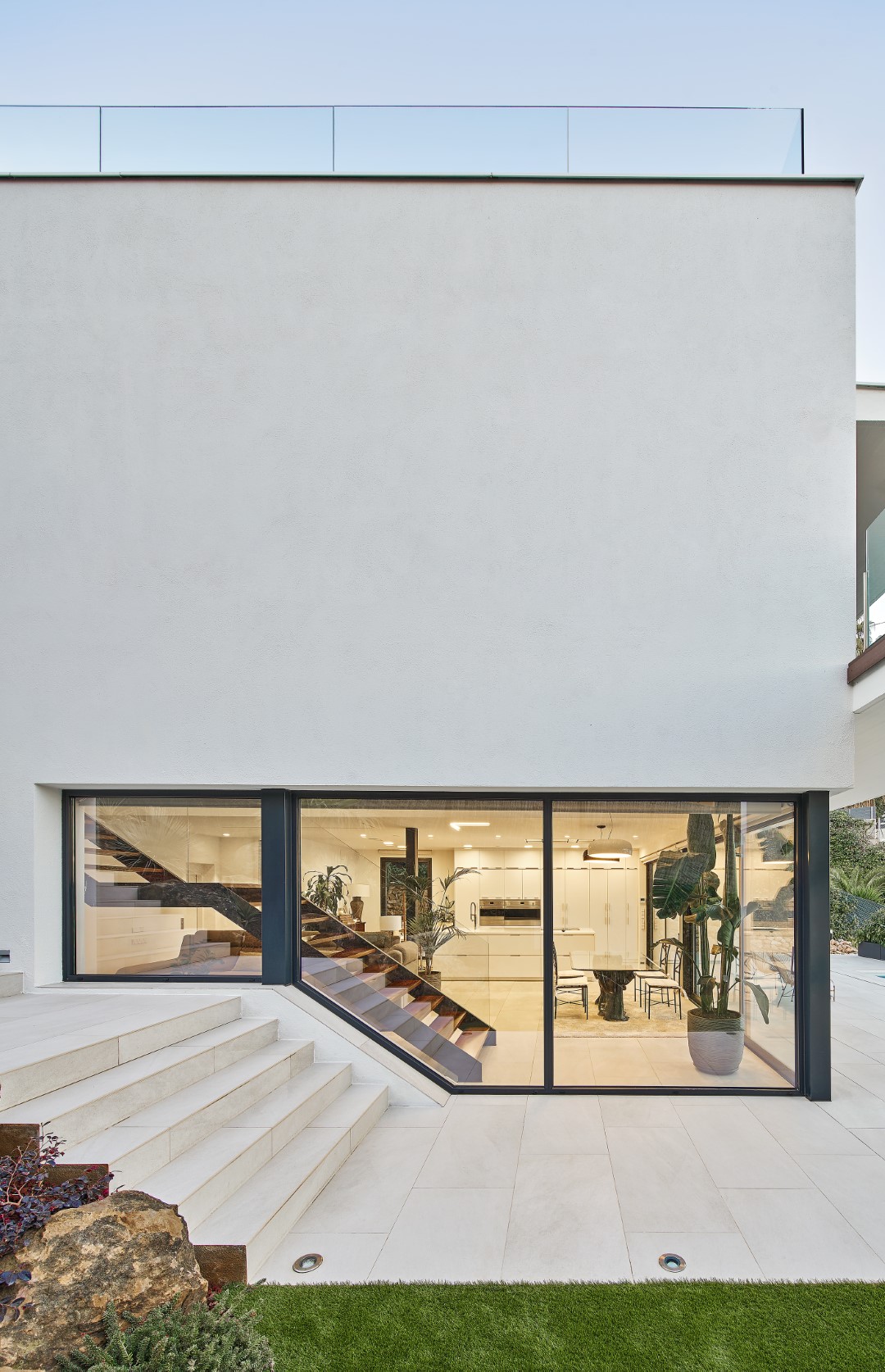
proyecto-decoracion-casa-chalet-iluminacion-iluxiform23
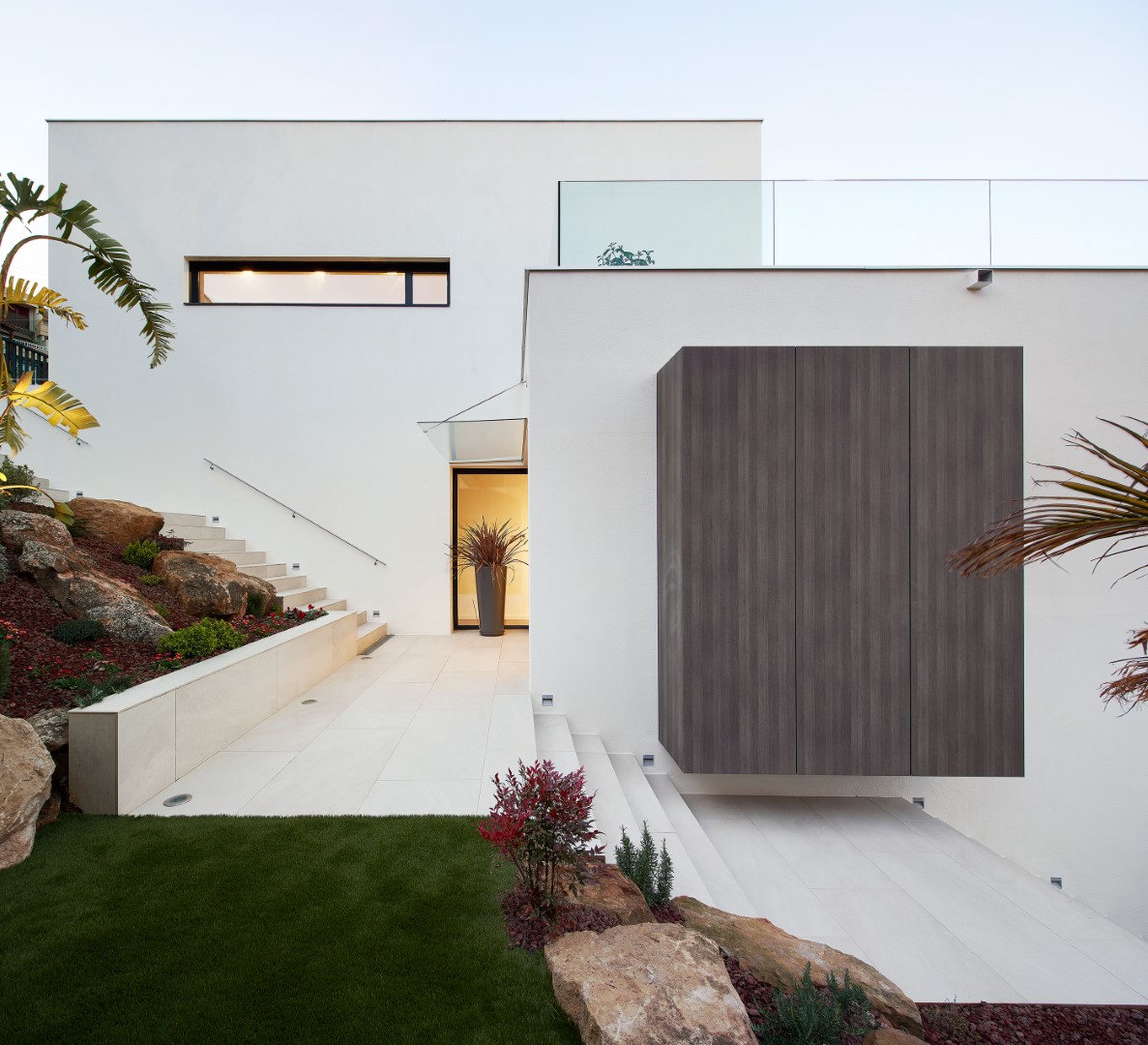
proyecto-decoracion-casa-chalet-iluminacion-iluxiform24
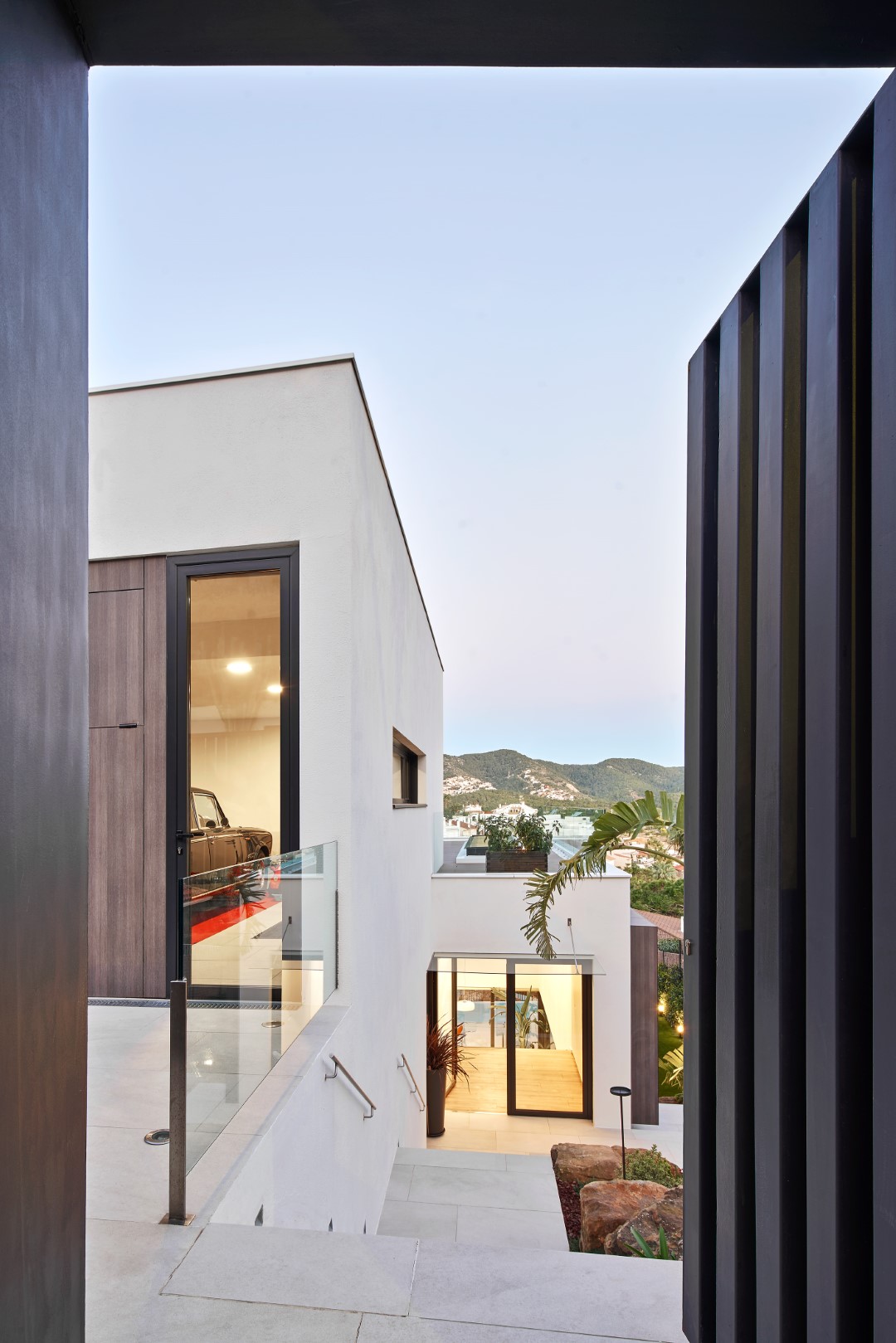
proyecto-decoracion-casa-chalet-iluminacion-iluxiform25
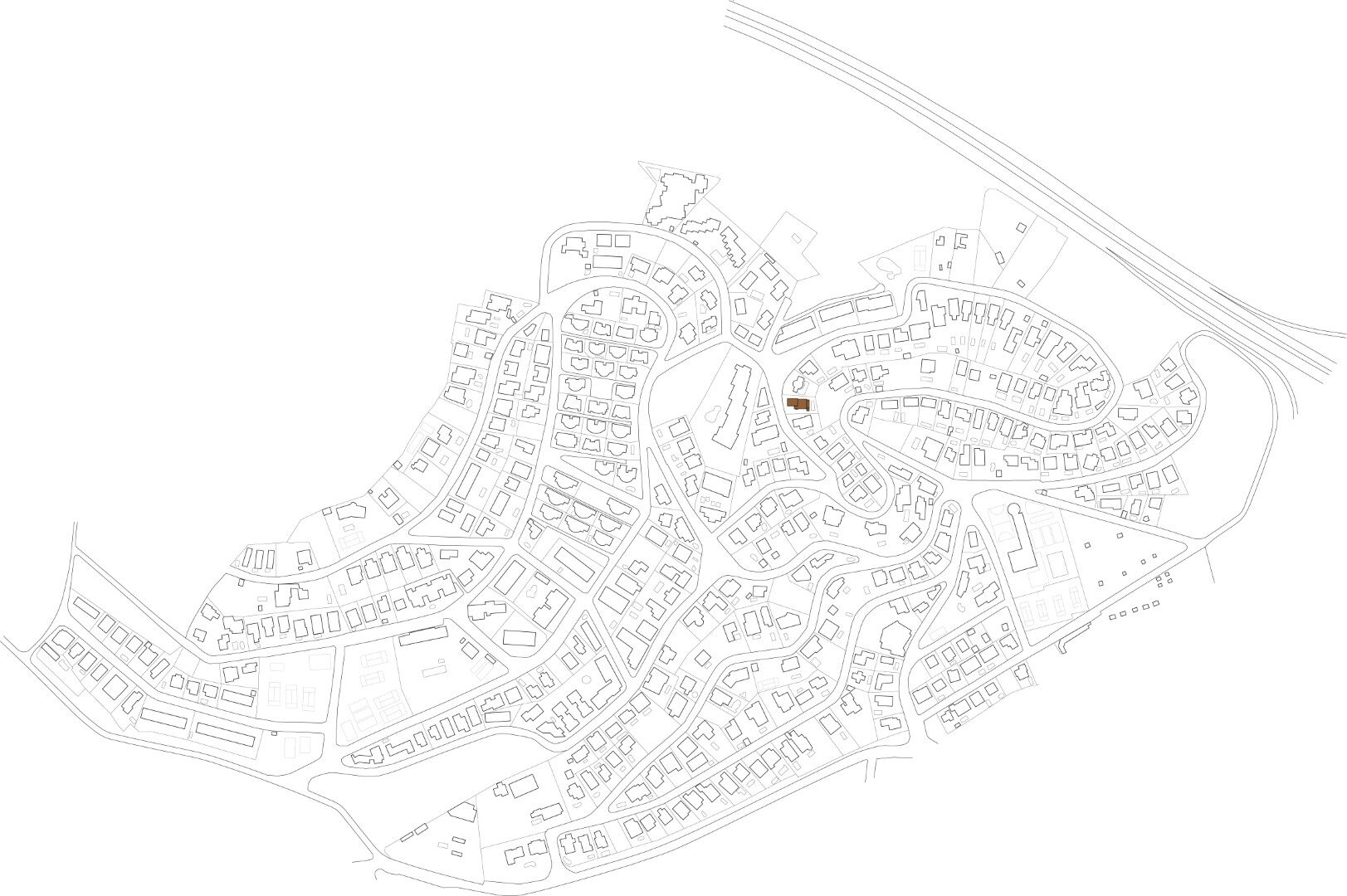
proyecto-decoracion-casa-chalet-iluminacion-iluxiform26
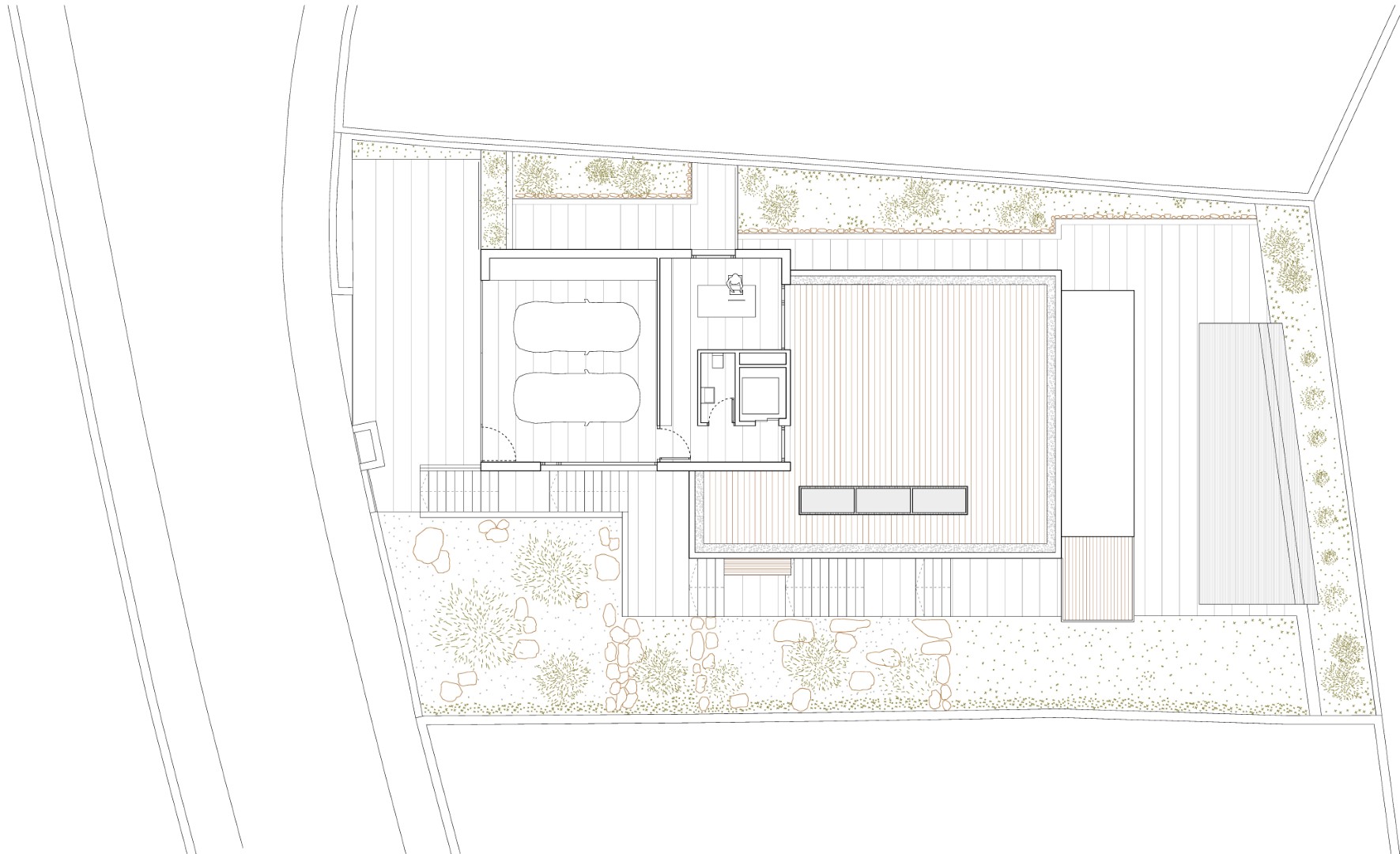
proyecto-decoracion-casa-chalet-iluminacion-iluxiform27

proyecto-decoracion-casa-chalet-iluminacion-iluxiform28

proyecto-decoracion-casa-chalet-iluminacion-iluxiform29

proyecto-decoracion-casa-chalet-iluminacion-iluxiform3
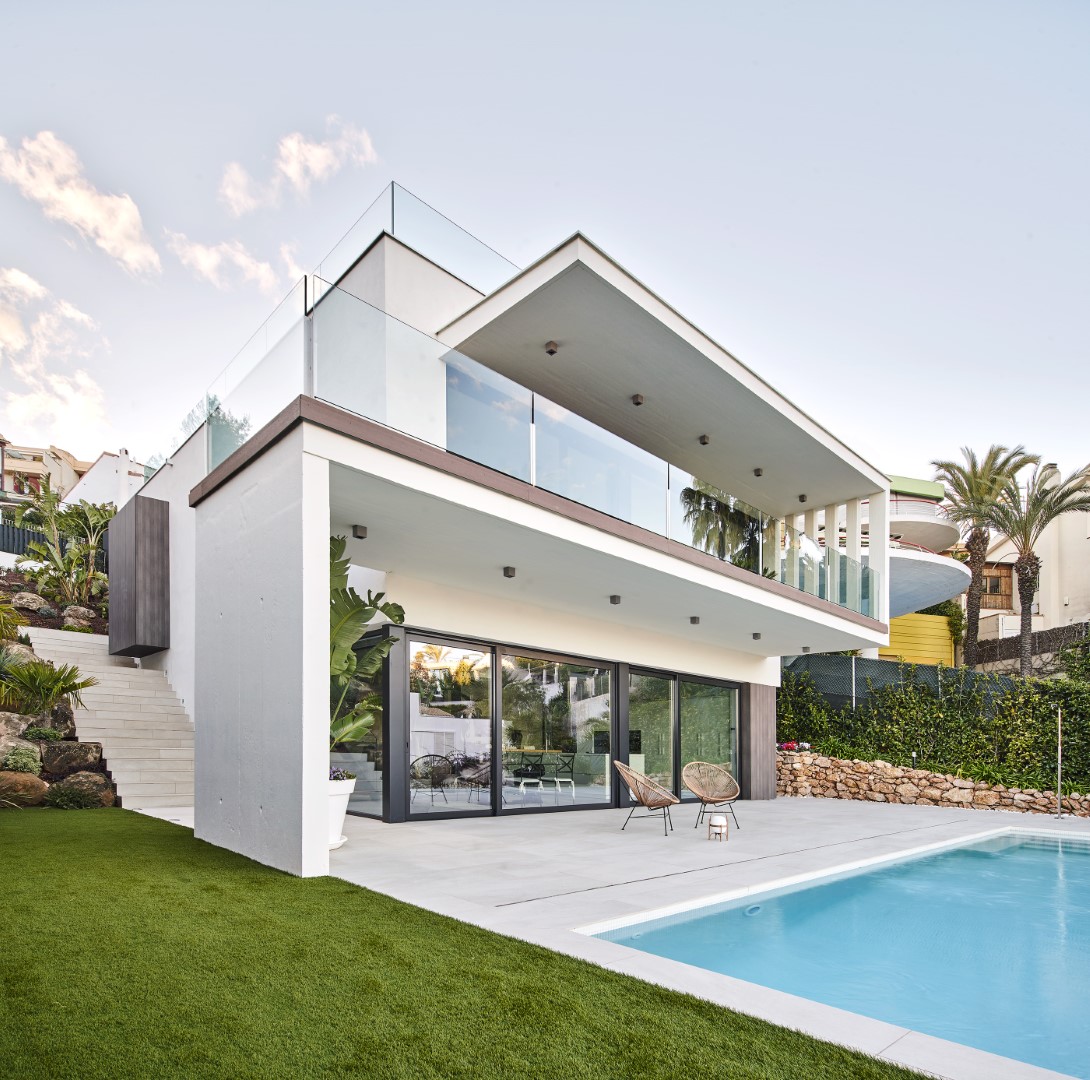
proyecto-decoracion-casa-chalet-iluminacion-iluxiform30

proyecto-decoracion-casa-chalet-iluminacion-iluxiform31

proyecto-decoracion-casa-chalet-iluminacion-iluxiform32

proyecto-decoracion-casa-chalet-iluminacion-iluxiform33

proyecto-decoracion-casa-chalet-iluminacion-iluxiform4
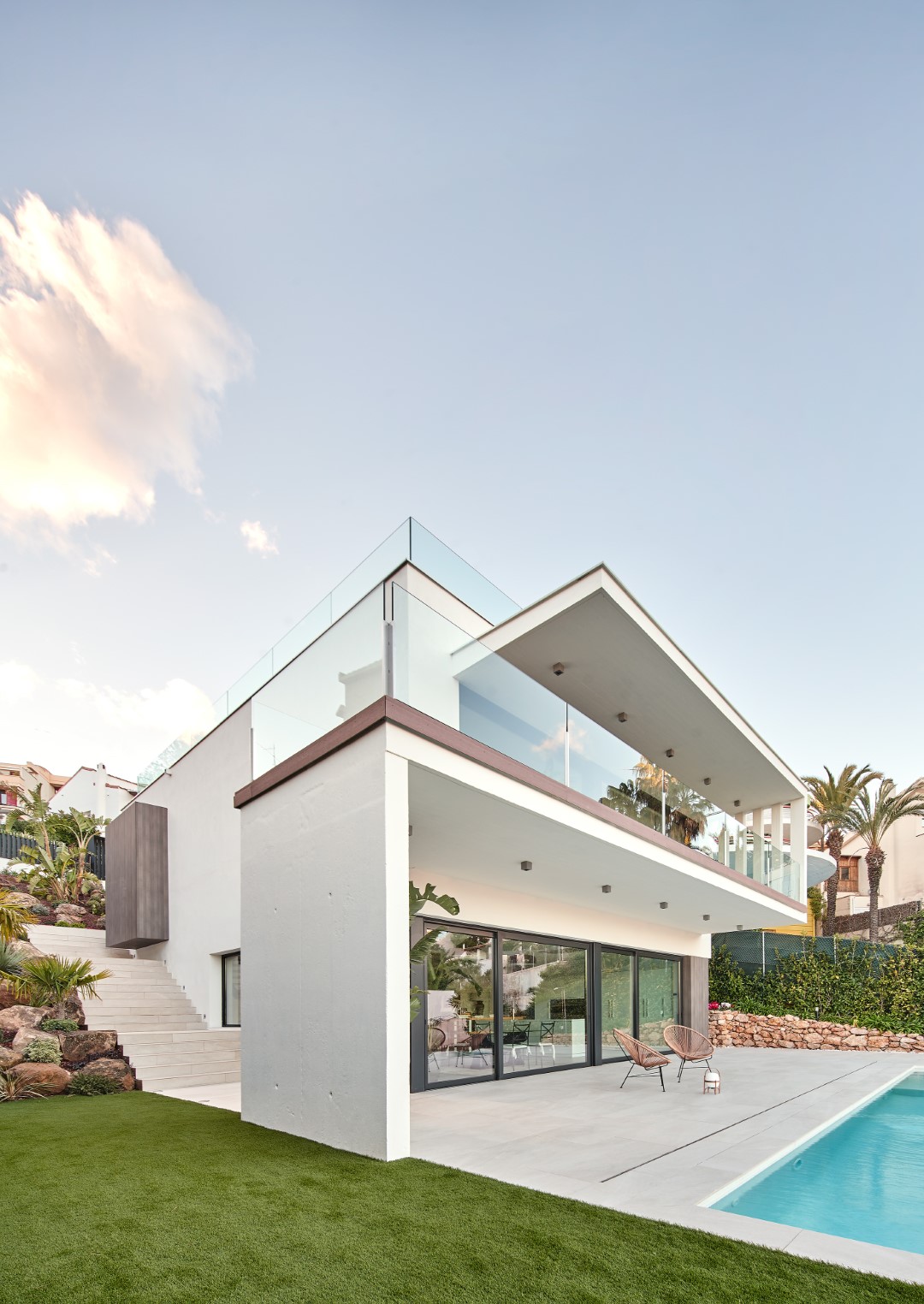
proyecto-decoracion-casa-chalet-iluminacion-iluxiform5
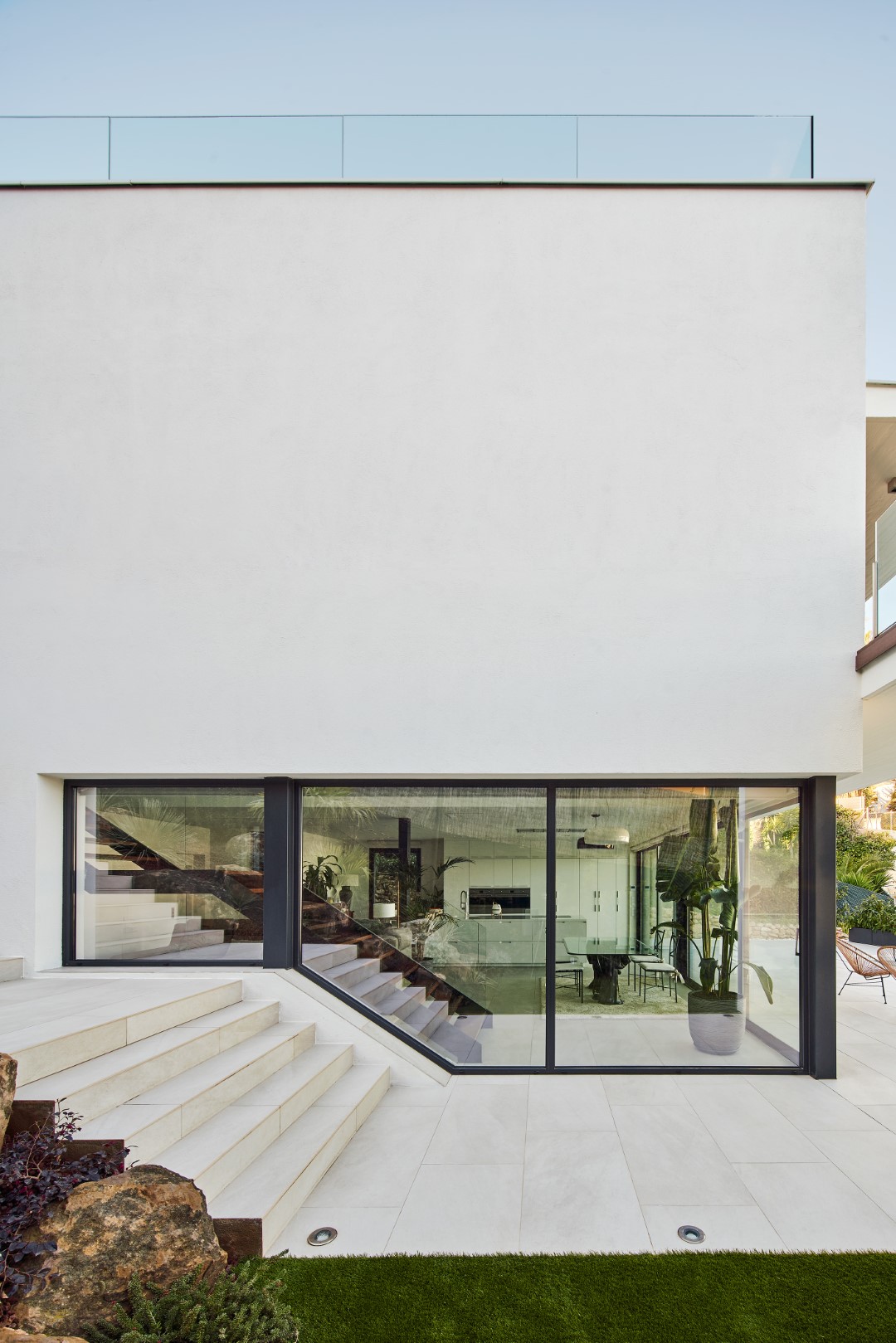
proyecto-decoracion-casa-chalet-iluminacion-iluxiform6
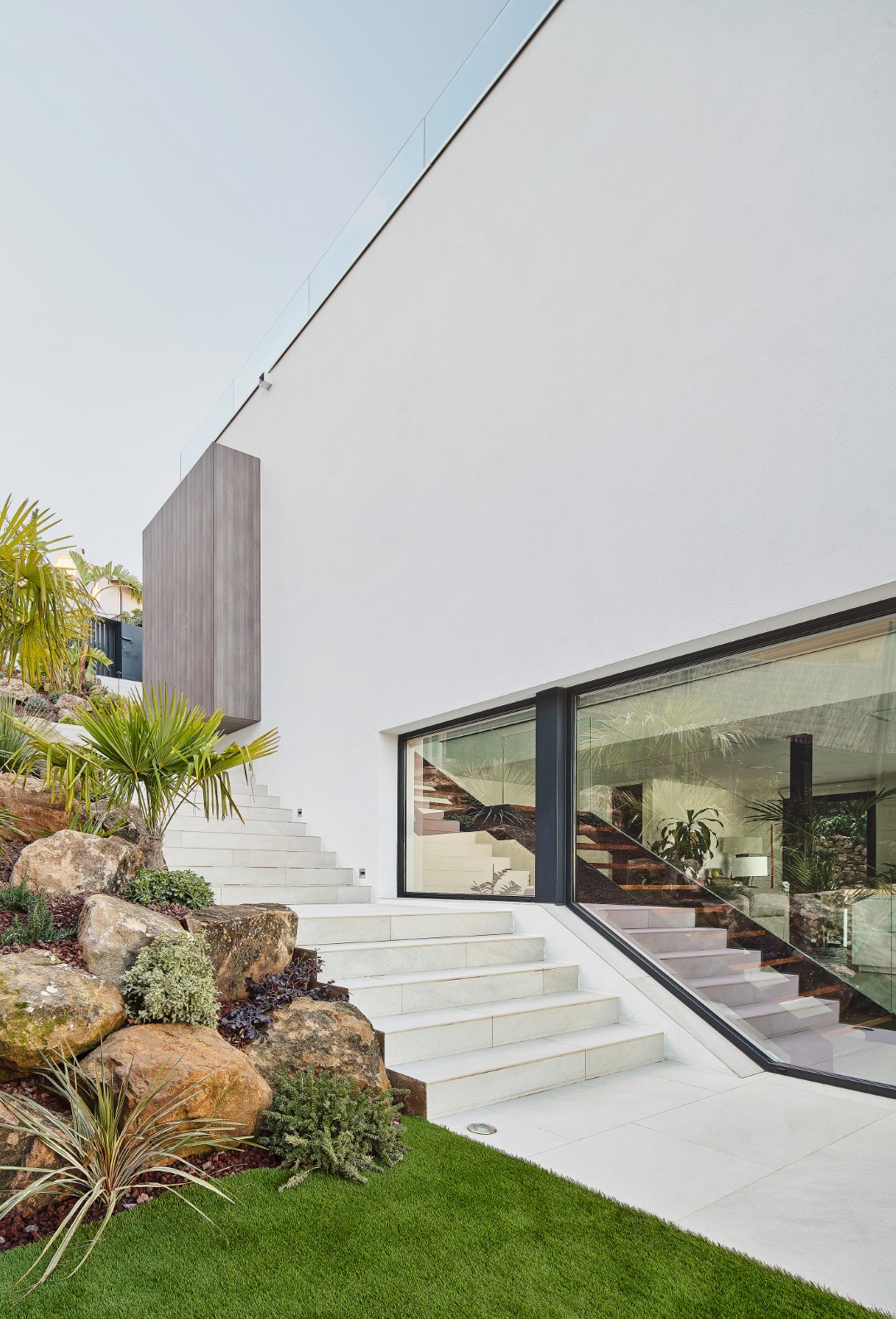
proyecto-decoracion-casa-chalet-iluminacion-iluxiform7
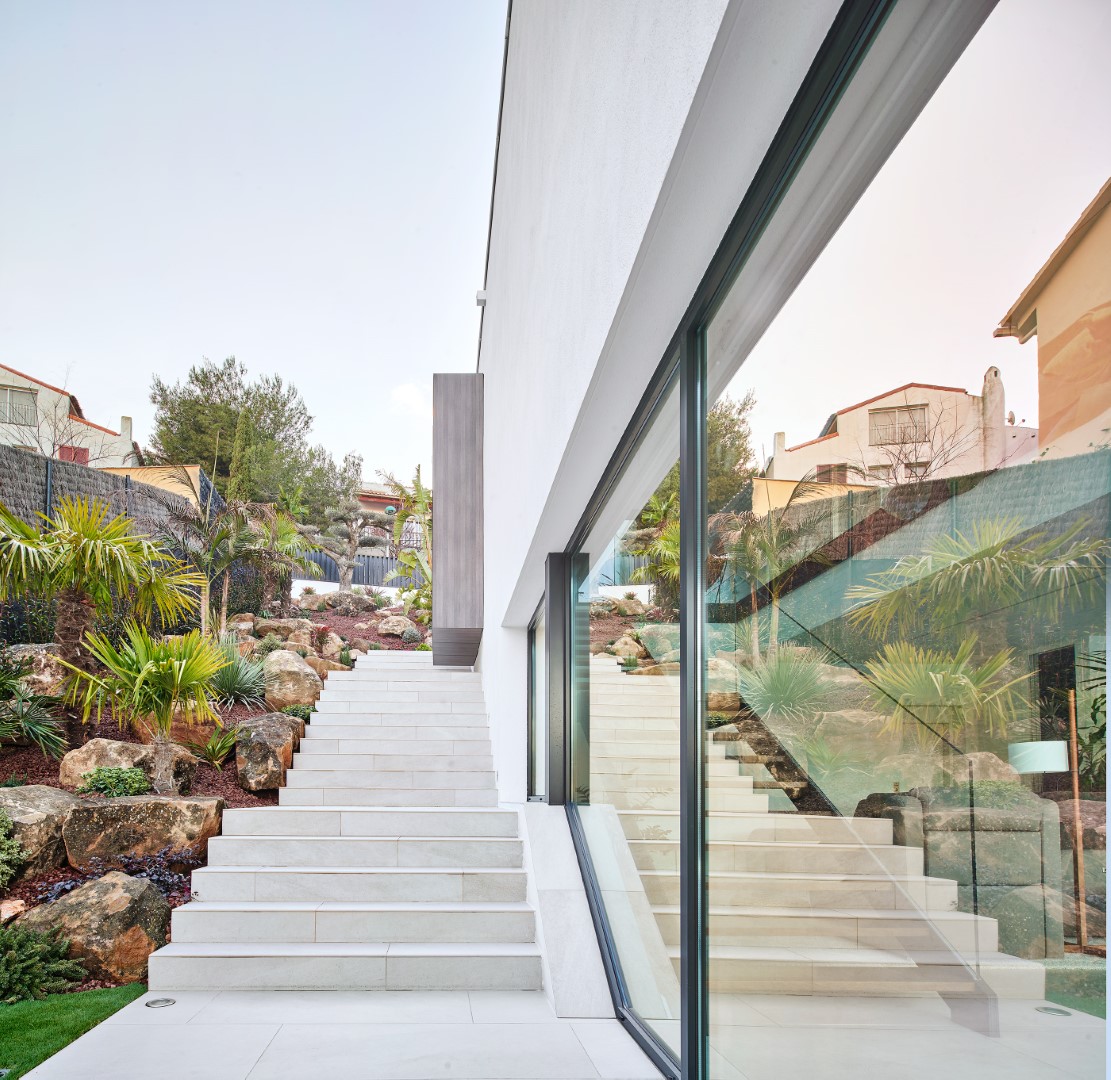
proyecto-decoracion-casa-chalet-iluminacion-iluxiform8
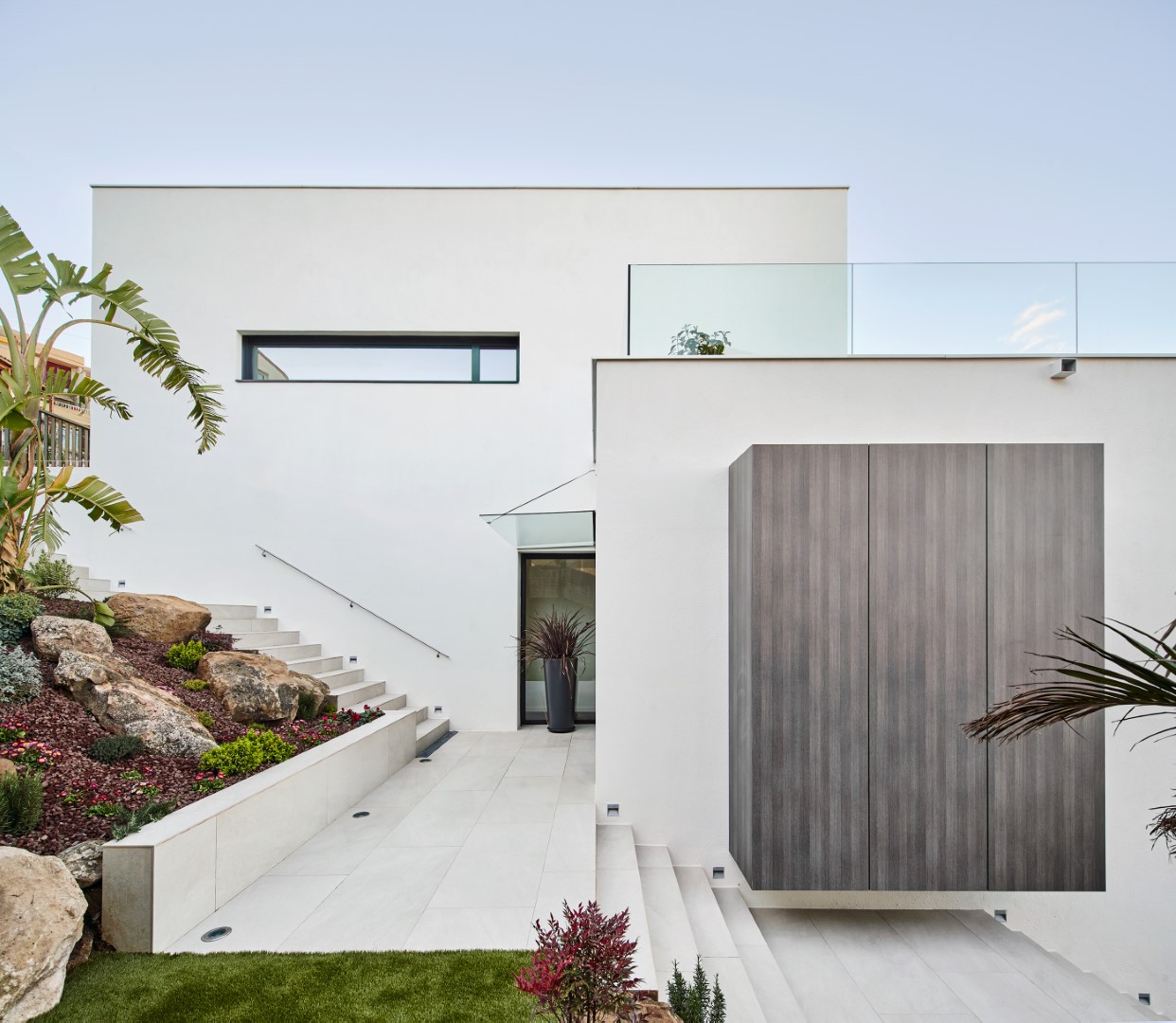
proyecto-decoracion-casa-chalet-iluminacion-iluxiform9
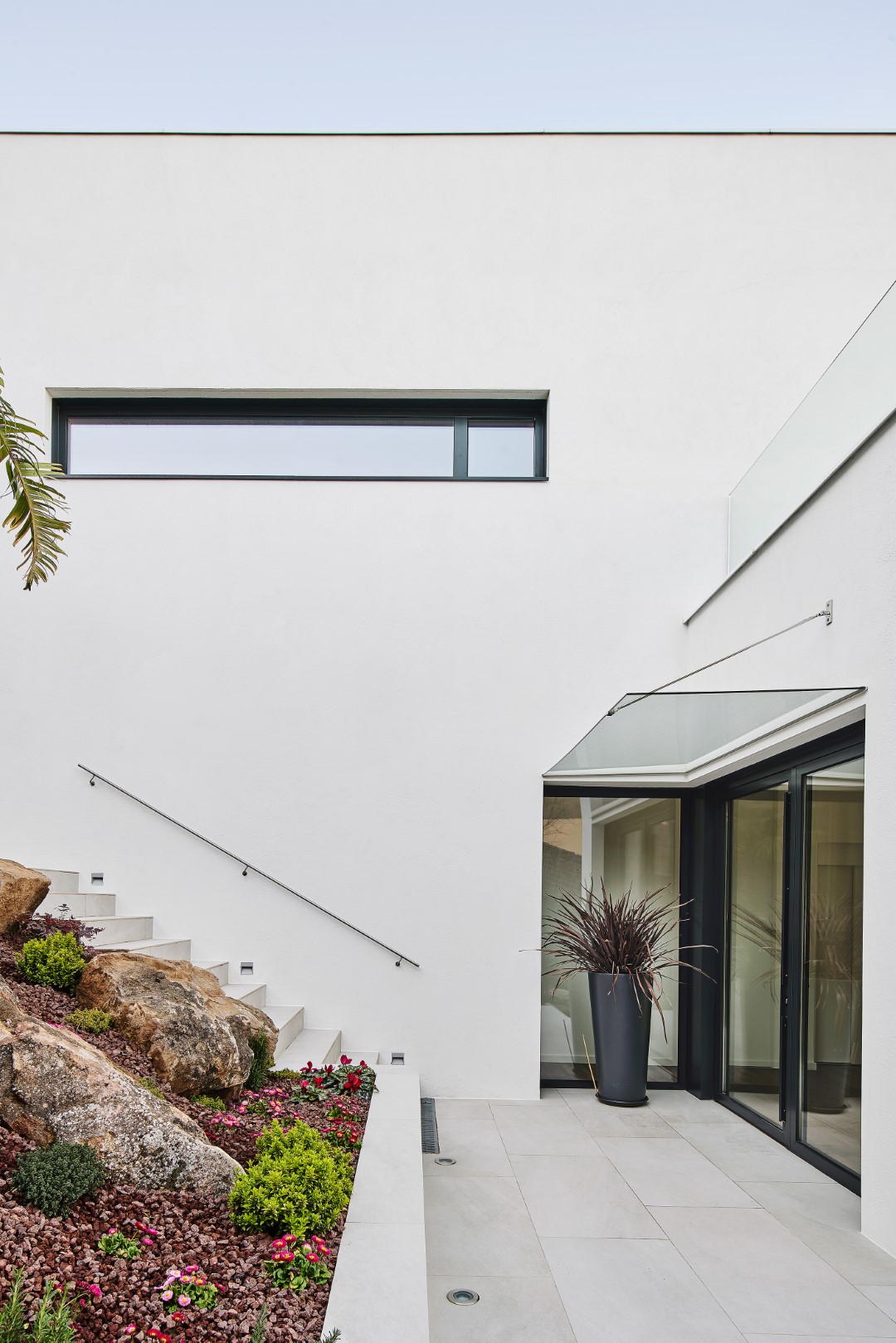
Project name: PR House
Location: Sitges : Barcelona
Architect: Guillem Carrera
The house is located on a sloping plot that has the virtue of being situated on a relatively high topographic level, and therefore, with a visual orientation towards the coastal mountain range, the town centre and the sea. It forms part of Vallpineda, one of the first housing estates to be developed in the municipality of Sitges.
Initial observation of the site revealed that the original topography of the neighbouring plots had been altered in the past in a notorious manner and in disagreement with current town planning regulations regarding the limits of permissible earthworks. In other words, both one neighbour and the other have raised land – in order to place the buildings as high and as close to the street as possible – which today, with the current urban planning regulations, would not be admissible.
Because of this issue, it was decided that the new construction cannot compete in height and location with the existing neighbouring buildings, and therefore it adopts a unique and differentiated strategy of implantation and landscape integration: to adapt the dwelling in a staggered manner to the natural slope of the terrain, so that its volumetry is extended as much as possible in the direction of the lowest topographic level. This strategy was decided in order to obtain as many views and natural lighting as possible, as well as to guarantee views of the sea from each of the three floors with which it is proposed to structure the dwelling: the studio/garage floor, the night floor or bedrooms and the day floor.
The garage/studio floor contains the driveway to the house, a vehicle parking space, storage spaces, a studio and a bathroom. To prevent the circulation of vehicles up to the car park from conditioning the unbuilt spaces on the site, the garage is located at the level of the street access level, giving this floor the concept of a differentiated piece from the rest of the house, as well as being connected by a lift.
This differentiation culminates in the location of the main access to the dwelling on its intermediate floor: the night floor, which contains a bedroom suite with bathroom and balcony, three bedrooms and a second bathroom. This main entrance configures a space that is characteristic of the dwelling, formed by a large reception area that connects horizontally with the night area, while connecting vertically with the day floor via a light metallic staircase and a double space, part of which forms part of the living-dining room on the lower floor: the day floor.
The day floor contains the kitchen, the pantry, a third bathroom, the living-dining room and the utility space. It is the heart of the house. Located on the lowest of the three levels that make up the house, we find a single space where the living room, dining room and kitchen coexist, directly connected to the elements that make up the most immediate outdoor space: the main porch of the house, the swimming pool, the barbecue and the garden areas.
The construction has been executed by means of a mixed structure of reinforced concrete combined with a metallic structure. The materials that make up the natural and/or anthropomorphised landscape that surrounds the house, such as Mediterranean vegetation, water, wood, white volumetric constructions with a Mediterranean coastal appearance, among others, are adopted in the project as construction elements or finishing materials, becoming the landscaping, paving, swimming pool and/or vertical surfaces or finishes of the house.
The external treatments of the spaces surrounding the dwelling are planned by alternating leafy natural vegetation, softer landscaping, paved areas, swimming pool and transition stairs between the different definitive topographical levels, to which the project presents a desire to respect and integrate them, with the will to offer an overall reading of the construction and its external treatment.
Energy efficiency has been a premise in the conception of this house. The project proposes, in terms of light control, both direct and indirect, openings that are distributed where they can thematically best enhance the visual and thermal characteristics and needs of the building. The structure of the house itself provides passive solar architecture solutions by means of porches of different sizes.
Rainwater from the roofs is collected in tanks and reused to irrigate the garden area. At the same time, the house integrates an air conditioning system using aerothermal technology, which together with the thermal insulation proposed for the roofs, the construction system itself and the exhaustive study of the composition of the different skins of the building, have led this house to obtain an A energy certification.
The content of the dwelling is resolved by incorporating integrated furniture that enhances the spaces of which it forms part. The interiors are designed to be simple, comfortable and practical, with a series of elements that seek to achieve one objective: to generate a welcoming, friendly home that is connected to the outside. This is achieved through openings and a stone-textured floor that crosses the house from the outside in and from the inside out, and the use of neutral colours and warm woods for the rest of the materials.





